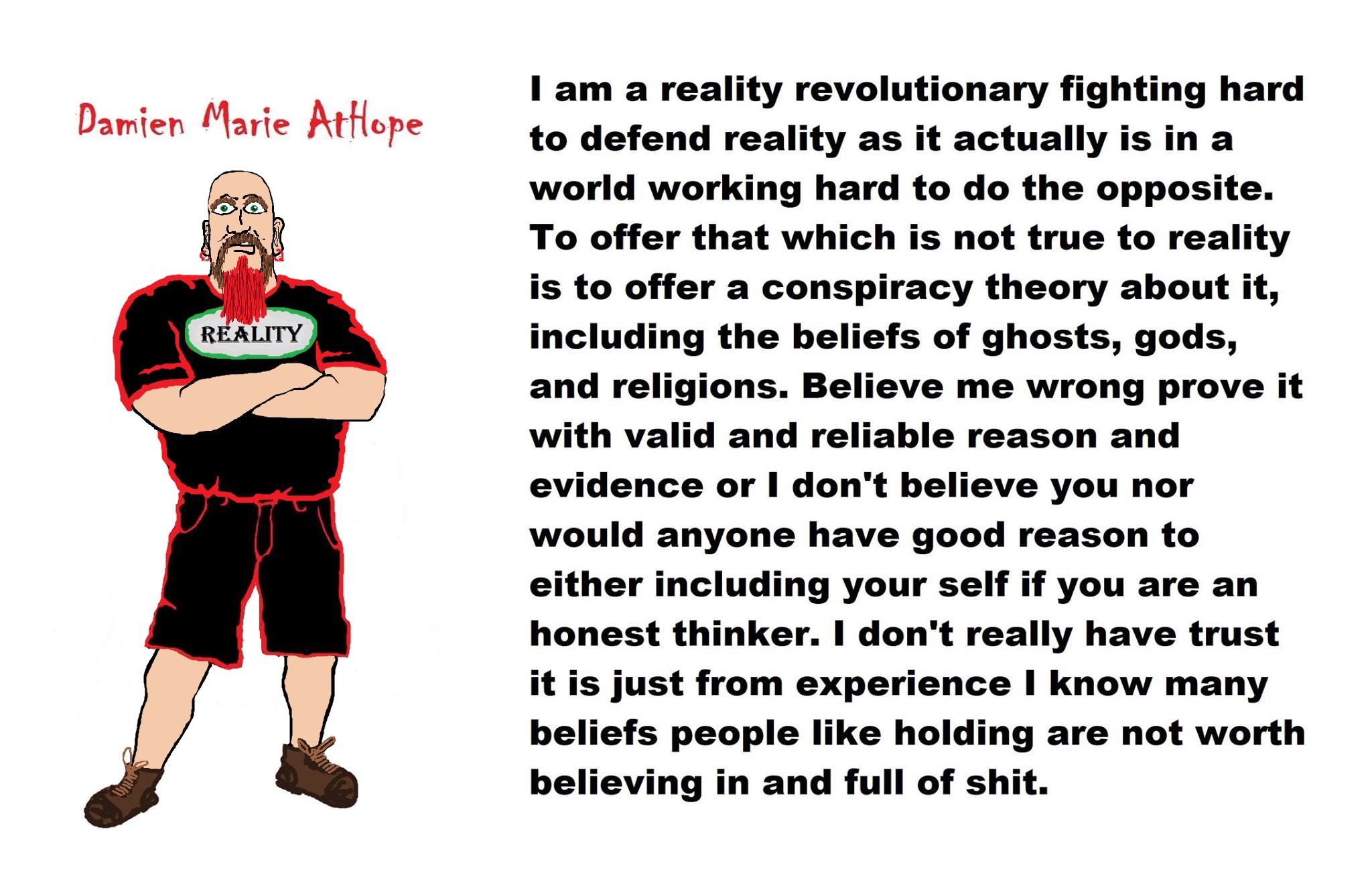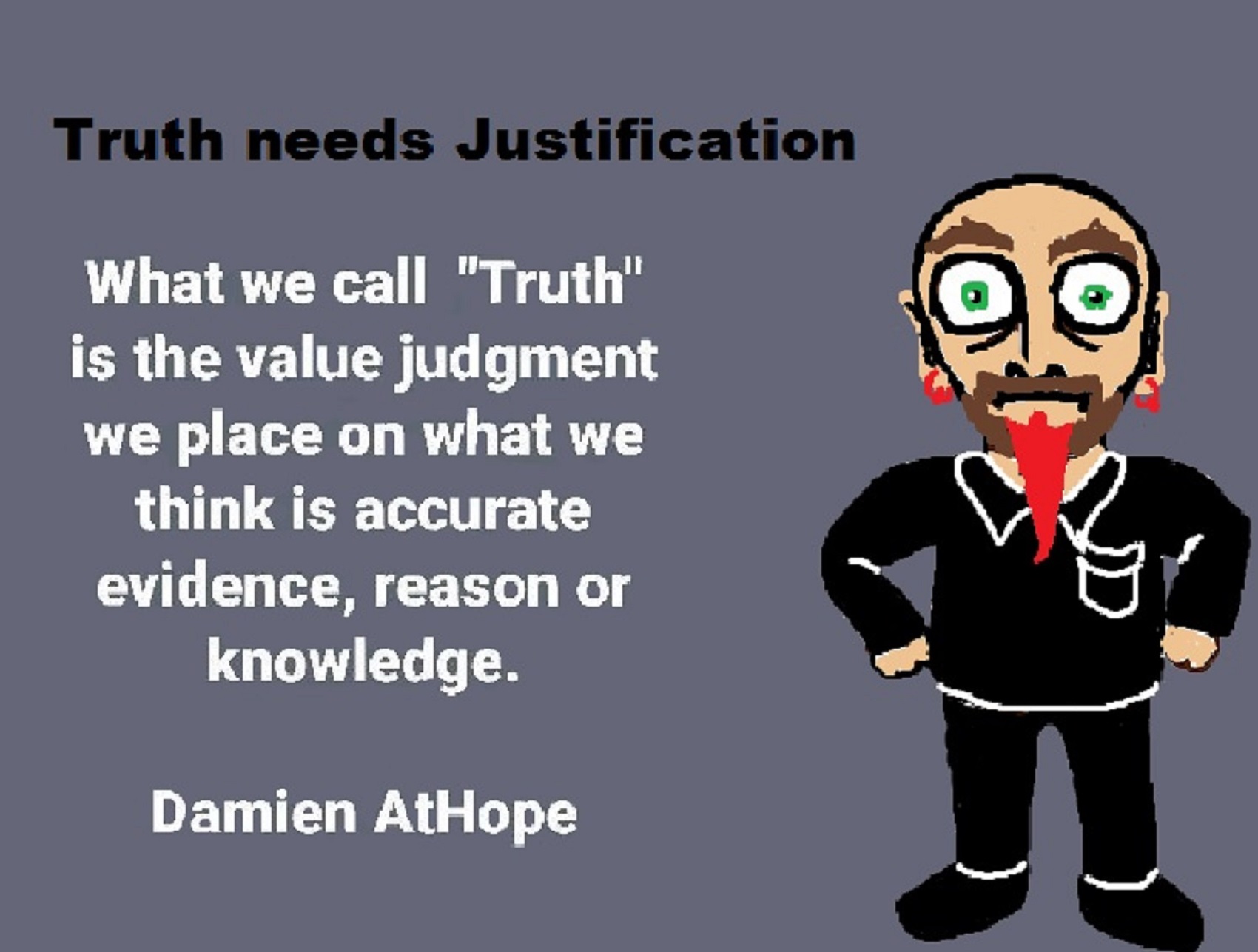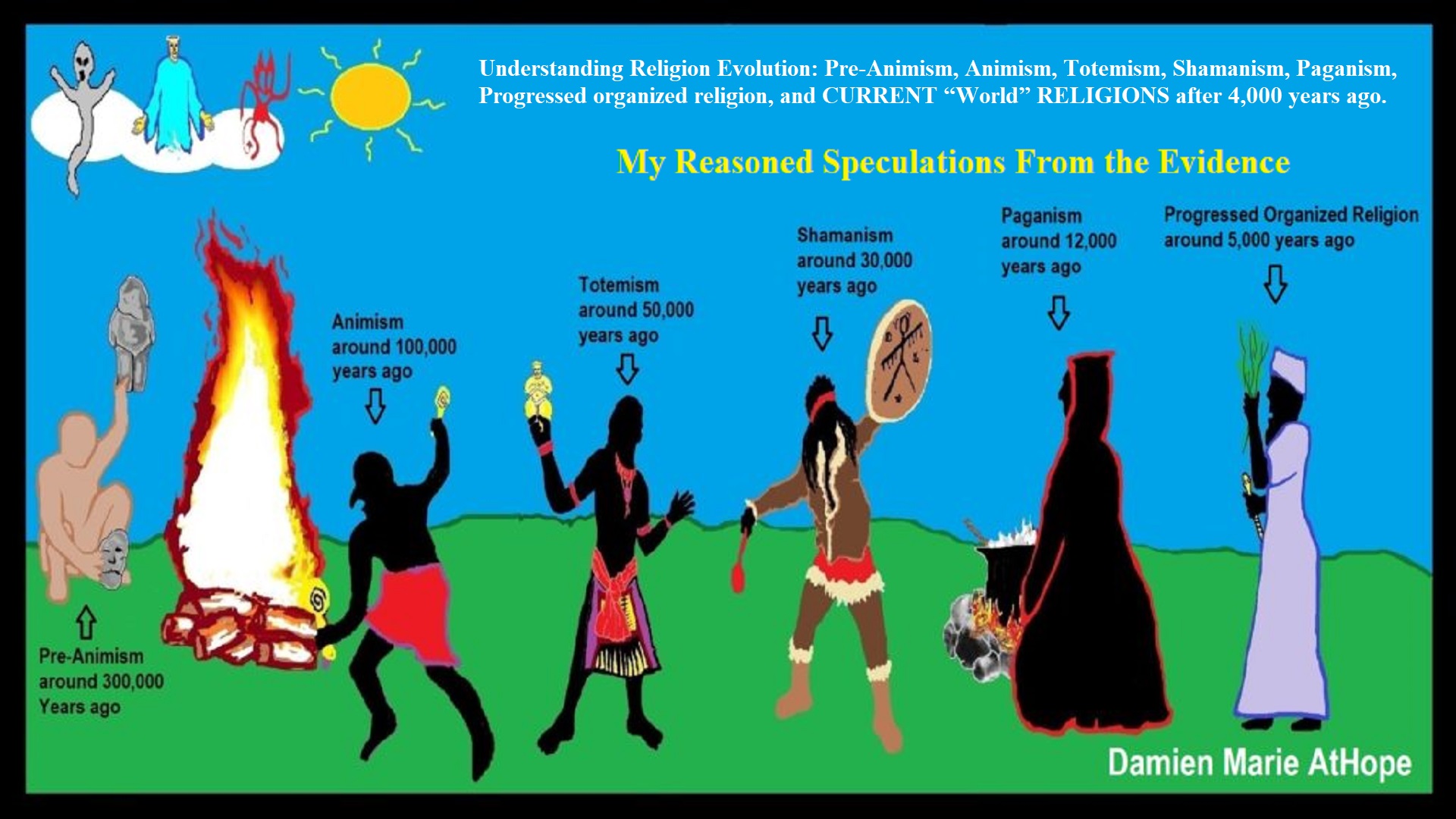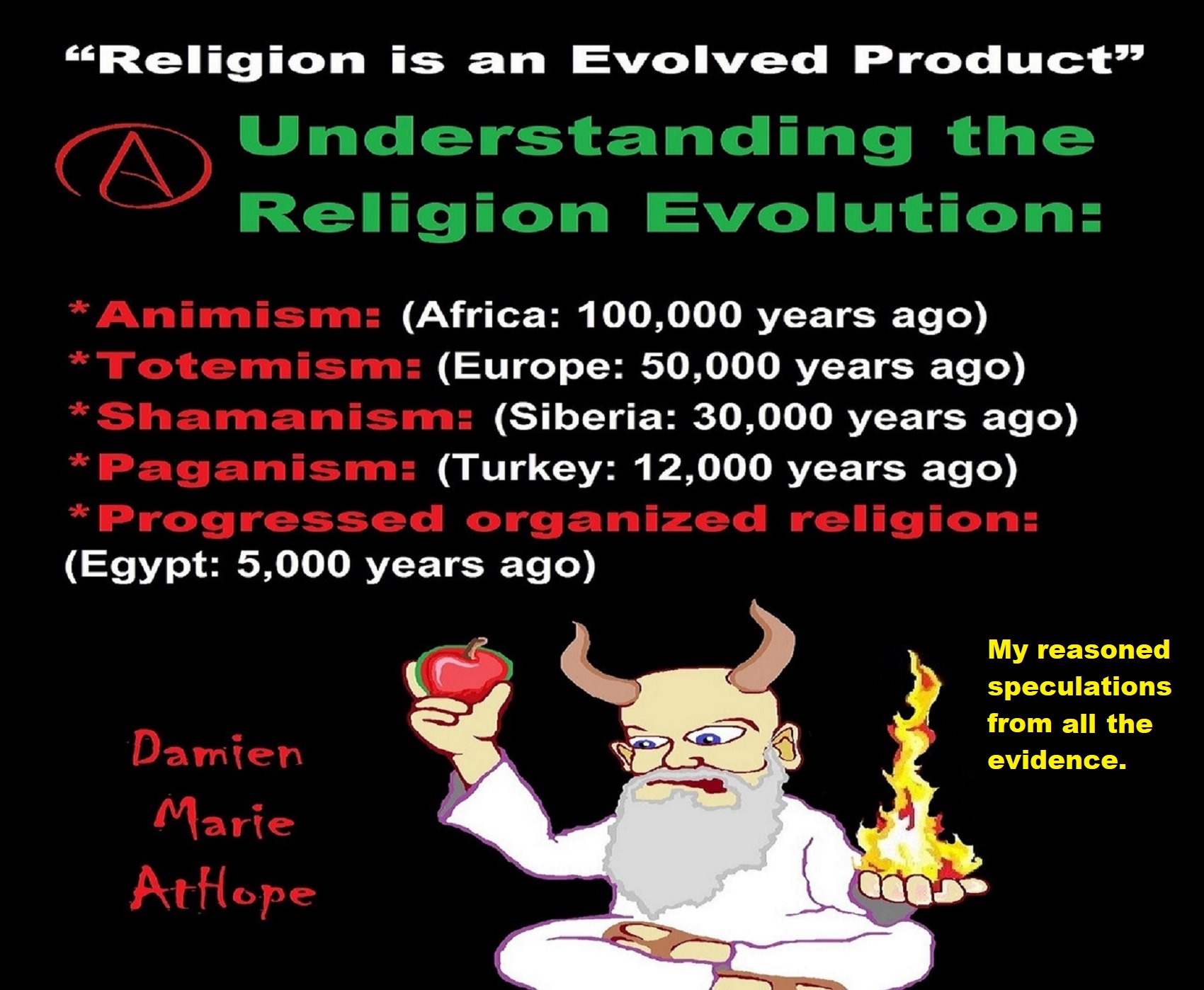Here is why “Reason is my only master”
The most Base Presupposition begins in reason. Reason is needed for logic (logic is realized by the aid of reason enriching its axioms). Logic is needed for axiology/value theory (axiology is realized by the aid of logic). Axiology is needed for epistemology (epistemology is realized by aid of axiology value judge and enrich its value assumptions as valid or not). Epistemology is needed for a good ontology (ontology is realized by the aid of epistemology justified assumptions/realizations/conclusions). Then when one possesses a good ontology (fortified with valid and reliable reason and evidence) they can then say they know the ontology of that thing. So, I think, right thinking is reason. Right reason is logic. Right logic, can be used for mathematics and from there we can get to science. And, by this methodological approach, we get one of the best ways of knowing the scientific method.
I am a rationalist, not a skeptic. I appeal to reason, not doubt, like most atheists. No “skepticism attack” tactics used on others atheists works on me, as I don’t even value skepticism. When the Truth is afraid, Fascism of some kind, likely Reigns. While many skeptics may tend to strive to master doubt, I as a rationalist, strive to master reason.
I am a Methodological Rationalist, I rarely am pushed to doubt as a default, instead, I see reason as my default and at times it may be responsible to doubt, but I get to that conclusion because of reasoning. Methodological: relating to the system of methods used in a particular area of study or activity: such as “a wide variety of methodological approaches to ethical problem-solving in my approach to truth or the label of knowledge.”
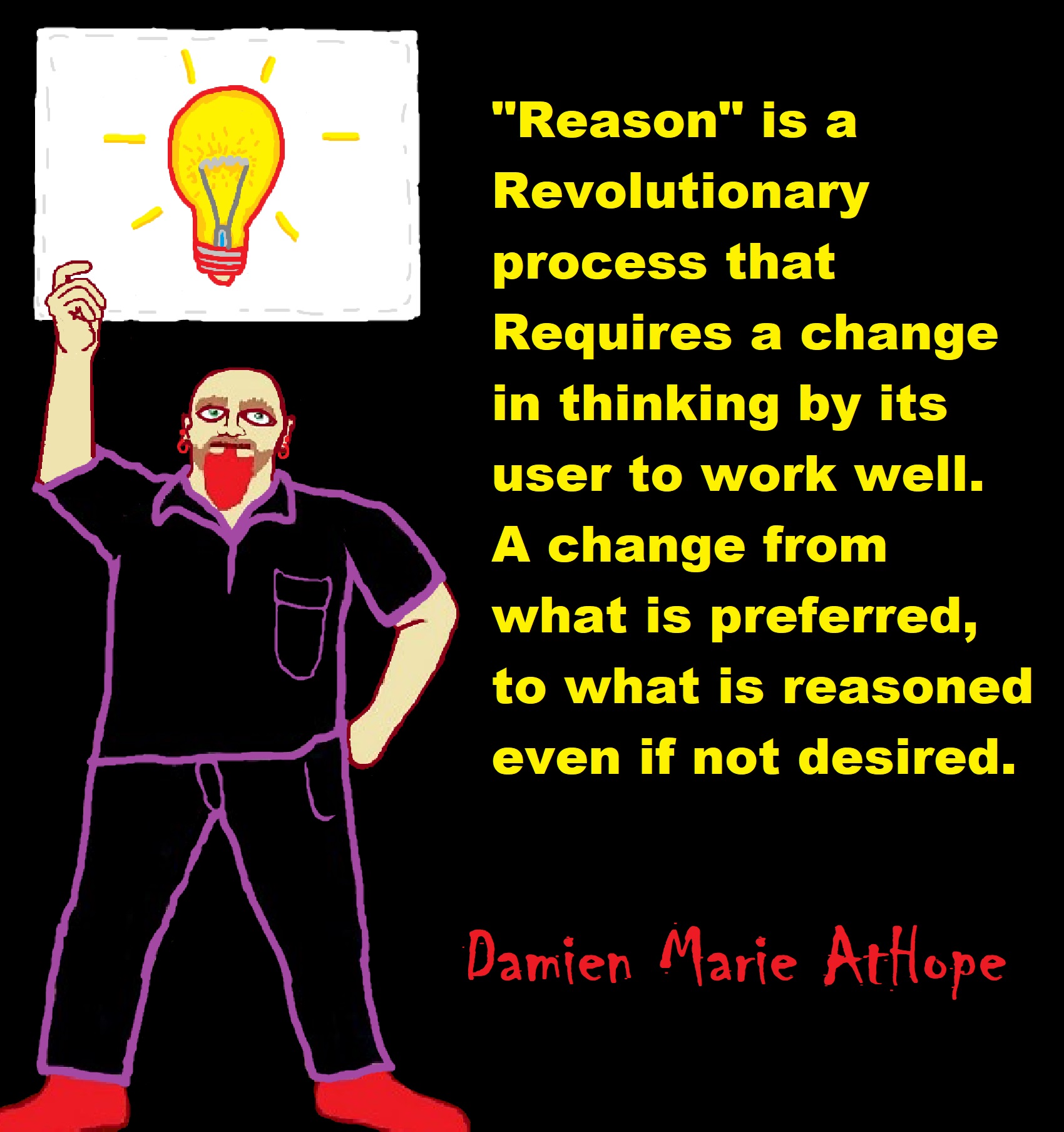
Reason?
“Reason is the capacity of consciously applying logic by drawing conclusions from new or existing information, with the aim of seeking the truth. “Reason” is sometimes referred to as rationality. It is closely associated with such characteristically human activities as philosophy, science, language, mathematics, and art, and is normally considered to be a distinguishing ability possessed by humans.” ref
“The reasoning is associated with the acts of thinking and cognition, and involves using one’s intellect. The field of logic studies the ways in which humans can use formal reasoning to produce logically valid arguments. Reasoning may be subdivided into forms of logical reasoning, such as: deductive reasoning, inductive reasoning, and abductive reasoning. ” ref
“Aristotle drew a distinction between logical discursive reasoning (reason proper), and intuitive reasoning, in which the reasoning process through intuition—however valid—may tend toward the personal and the subjectively opaque. In some social and political settings logical and intuitive modes of reasoning may clash, while in other contexts intuition and formal reason are seen as complementary rather than adversarial. For example, in mathematics, intuition is often necessary for the creative processes involved with arriving at a formal proof, arguably the most difficult of formal reasoning tasks.” ref
“Reasoning, like habit or intuition, is one of the ways by which thinking moves from one idea to a related idea. For example, reasoning is the means by which rational individuals understand sensory information from their environments, or conceptualize abstract dichotomies such as cause and effect, truth and falsehood, or ideas regarding notions of good or evil. Reasoning, as a part of executive decision making, is also closely identified with the ability to self-consciously change, in terms of goals, beliefs, attitudes, traditions, and institutions, and therefore with the capacity for freedom and self-determination.” ref
“In contrast to the use of “reason” as an abstract noun, a reason is a consideration given that either explains or justifies events, phenomena, or behavior. Reasons justify decisions, reasons support explanations of natural phenomena; reasons can be given to explain the actions (conduct) of individuals. Using reason, or reasoning, can also be described more plainly as providing good, or the best, reasons. For example, when evaluating a moral decision, “morality is, at the very least, the effort to guide one’s conduct by reason—that is, doing what there are the best reasons for doing—while giving equal [and impartial] weight to the interests of all those affected by what one does.” ref
“Psychologists and cognitive scientists have attempted to study and explain how people reason, e.g. which cognitive and neural processes are engaged, and how cultural factors affect the inferences that people draw. The field of automated reasoning studies how reasoning may or may not be modeled computationally. Animal psychology considers the question of whether animals other than humans can reason. In the English language and other modern European languages, “reason”, and related words, represent words that have always been used to translate Latin and classical Greek terms in the sense of their philosophical usage.” ref
- “The original Greek term was “λόγος” logos, the root of the modern English word “logic” but also a word which could mean for example “speech” or “explanation” or an “account” (of money handled).
- As a philosophical term logos was translated in its non-linguistic senses in Latin as ratio. This was originally not just a translation used for philosophy, but was also commonly a translation for logos in the sense of an account of money.
- French raison is derived directly from Latin, and this is the direct source of the English word “reason.” ref
“The earliest major philosophers to publish in English, such as Francis Bacon, Thomas Hobbes, and John Locke also routinely wrote in Latin and French, and compared their terms to Greek, treating the words “logos“, “ratio“, “raison” and “reason” as interchangeable. The meaning of the word “reason” in senses such as “human reason” also overlaps to a large extent with “rationality” and the adjective of “reason” in philosophical contexts is normally “rational“, rather than “reasoned” or “reasonable”. Some philosophers, Thomas Hobbes for example, also used the word ratiocination as a synonym for “reasoning.” ref
“The proposal that reason gives humanity a special position in nature has been argued to be a defining characteristic of western philosophy and later western modern science, starting with classical Greece. Philosophy can be described as a way of life-based upon reason, and in the other direction, reason has been one of the major subjects of philosophical discussion since ancient times. Reason is often said to be reflexive, or “self-correcting”, and the critique of reason has been a persistent theme in philosophy. It has been defined in different ways, at different times, by different thinkers about human nature.” ref
“For many classical philosophers, nature was understood teleologically, meaning that every type of thing had a definitive purpose that fit within a natural order that was itself understood to have aims. Perhaps starting with Pythagoras or Heraclitus, the cosmos is even said to have reason. Reason, by this account, is not just one characteristic that humans happen to have, and that influences happiness amongst other characteristics. Reason was considered of higher stature than other characteristics of human nature, such as sociability, because it is something humans share with nature itself, linking an apparently immortal part of the human mind with the divine order of the cosmos itself. Within the human mind or soul (psyche), reason was described by Plato as being the natural monarch which should rule over the other parts, such as spiritedness (thumos) and the passions. Aristotle, Plato’s student, defined human beings as rational animals, emphasizing reason as a characteristic of human nature.” ref
“He defined the highest human happiness or well-being (eudaimonia) as a life that is lived consistently, excellently, and completely in accordance with reason. The conclusions to be drawn from the discussions of Aristotle and Plato on this matter are amongst the most debated in the history of philosophy. But teleological accounts such as Aristotle’s were highly influential for those who attempt to explain reason in a way that is consistent with monotheism and the immortality and divinity of the human soul. For example, in the neoplatonist account of Plotinus, the cosmos has one soul, which is the seat of all reason, and the souls of all individual humans are part of this soul. Reason is for Plotinus both the provider of form to material things, and the light which brings individuals’ souls back into line with their source.” ref
“The early modern era was marked by a number of significant changes in the understanding of reason, starting in Europe. One of the most important of these changes involved a change in the metaphysical understanding of human beings. Scientists and philosophers began to question the teleological understanding of the world. Nature was no longer assumed to be human-like, with its own aims or reason, and human nature was no longer assumed to work according to anything other than the same “laws of nature” which affect inanimate things. This new understanding eventually displaced the previous world view that derived from a spiritual understanding of the universe.” ref
“Accordingly, in the 17th century, René Descartes explicitly rejected the traditional notion of humans as “rational animals”, suggesting instead that they are nothing more than “thinking things” along the lines of other “things” in nature. Any grounds of knowledge outside that understanding was, therefore, subject to doubt.” ref
“In his search for a foundation of all possible knowledge, Descartes deliberately decided to throw into doubt all knowledge – except that of the mind itself in the process of thinking:
At this time I admit nothing that is not necessarily true. I am therefore precisely nothing but a thinking thing; that is a mind, or intellect, or understanding, or reason – words of whose meanings I was previously ignorant.” ref
“This eventually became known as epistemological or “subject-centred” reason, because it is based on the knowing subject, who perceives the rest of the world and itself as a set of objects to be studied, and successfully mastered by applying the knowledge accumulated through such study. Breaking with tradition and many thinkers after him, Descartes explicitly did not divide the incorporeal soul into parts, such as reason and intellect, describing them as one indivisible incorporeal entity.” ref
“A contemporary of Descartes, Thomas Hobbes described reason as a broader version of “addition and subtraction” which is not limited to numbers. This understanding of reason is sometimes termed “calculative” reason. Similar to Descartes, Hobbes asserted that “No discourse whatsoever, can end in absolute knowledge of fact, past, or to come” but that “sense and memory” is absolute knowledge.” ref
“In the late 17th century, through the 18th century, John Locke and David Hume developed Descartes’ line of thought still further. Hume took it in an especially skeptical direction, proposing that there could be no possibility of deducing relationships of cause and effect, and therefore no knowledge is based on reasoning alone, even if it seems otherwise. Hume famously remarked that, “We speak not strictly and philosophically when we talk of the combat of passion and of reason. Reason is, and ought only to be the slave of the passions, and can never pretend to any other office than to serve and obey them.” ref
“Hume also took his definition of reason to unorthodox extremes by arguing, unlike his predecessors, that human reason is not qualitatively different from either simply conceiving individual ideas, or from judgments associating two ideas, and that “reason is nothing but a wonderful and unintelligible instinct in our souls, which carries us along a certain train of ideas, and endows them with particular qualities, according to their particular situations and relations.” It followed from this that animals have reason, only much less complex than human reason.” ref
“In the 18th century, Immanuel Kant attempted to show that Hume was wrong by demonstrating that a “transcendental” self, or “I”, was a necessary condition of all experience. Therefore, suggested Kant, on the basis of such a self, it is in fact possible to reason both about the conditions and limits of human knowledge. And so long as these limits are respected, reason can be the vehicle of morality, justice, aesthetics, theories of knowledge (epistemology), and understanding.” ref
“The terms logic or logical are sometimes used as if they were identical with the term reason or with the concept of being rational, or sometimes logic is seen as the most pure or the defining form of reason: “Logic is about reasoning—about going from premises to a conclusion. … When you do logic, you try to clarify reasoning and separate good from bad reasoning.” In modern economics, rational choice is assumed to equate to logically consistent choice.” ref
“Reason and logic can however be thought of as distinct, although logic is one important aspect of reason. Author Douglas Hofstadter, in Gödel, Escher, Bach, characterizes the distinction in this way: Logic is done inside a system while reason is done outside the system by such methods as skipping steps, working backward, drawing diagrams, looking at examples, or seeing what happens if you change the rules of the system. Psychologists Mark H. Bickard and Robert L. Campbell argued that “rationality cannot be simply assimilated to logicality”; they noted that “human knowledge of logic and logical systems has developed” over time through reasoning, and logical systems “can’t construct new logical systems more powerful than themselves”, so reasoning and rationality must involve more than a system of logic. Psychologist David Moshman, citing Bickhard and Campbell, argued for a “metacognitive conception of rationality” in which a person’s development of reason “involves increasing consciousness and control of logical and other inferences.” ref
“Reason is a type of thought, and logic involves the attempt to describe a system of formal rules or norms of appropriate reasoning. The oldest surviving writing to explicitly consider the rules by which reason operates are the works of the Greek philosopher Aristotle, especially Prior Analysis and Posterior Analysis. Although the Ancient Greeks had no separate word for logic as distinct from language and reason, Aristotle’s newly coined word “syllogism” (syllogismos) identified logic clearly for the first time as a distinct field of study. When Aristotle referred to “the logical” (hē logikē), he was referring more broadly to rational thought.” ref

Subjective logic?
“Subjective logic is a type of probabilistic logic that explicitly takes epistemic uncertainty and source trust into account. In general, subjective logic is suitable for modeling and analyzing situations involving uncertainty and relatively unreliable sources. For example, it can be used for modeling and analyzing trust networks and Bayesian networks. Arguments in subjective logic are subjective opinions about state variables that can take values from a domain (aka state space), where a state value can be thought of as a proposition that can be true or false. A fundamental aspect of the human condition is that nobody can ever determine with absolute certainty whether a proposition about the world is true or false. In addition, whenever the truth of a proposition is expressed, it is always done by an individual, and it can never be considered to represent a general and objective belief. These philosophical ideas are directly reflected in the mathematical formalism of subjective logic.” ref
“Subjective opinions express subjective beliefs about the truth of state values/propositions with degrees of epistemic uncertainty, and can explicitly indicate the source of belief whenever required. The values of a domain are assumed to be exhaustive and mutually disjoint, and sources are assumed to have a common semantic interpretation of a domain. The source and variable are attributes of an opinion. Indication of the source can be omitted whenever irrelevant. Subjective logic is applicable when the situation to be analyzed is characterized by considerable epistemic uncertainty due to incomplete knowledge. In this way, subjective logic becomes a probabilistic logic for epistemic-uncertain probabilities. The advantage is that uncertainty is preserved throughout the analysis and is made explicit in the results so that it is possible to distinguish between certain and uncertain conclusions.” ref
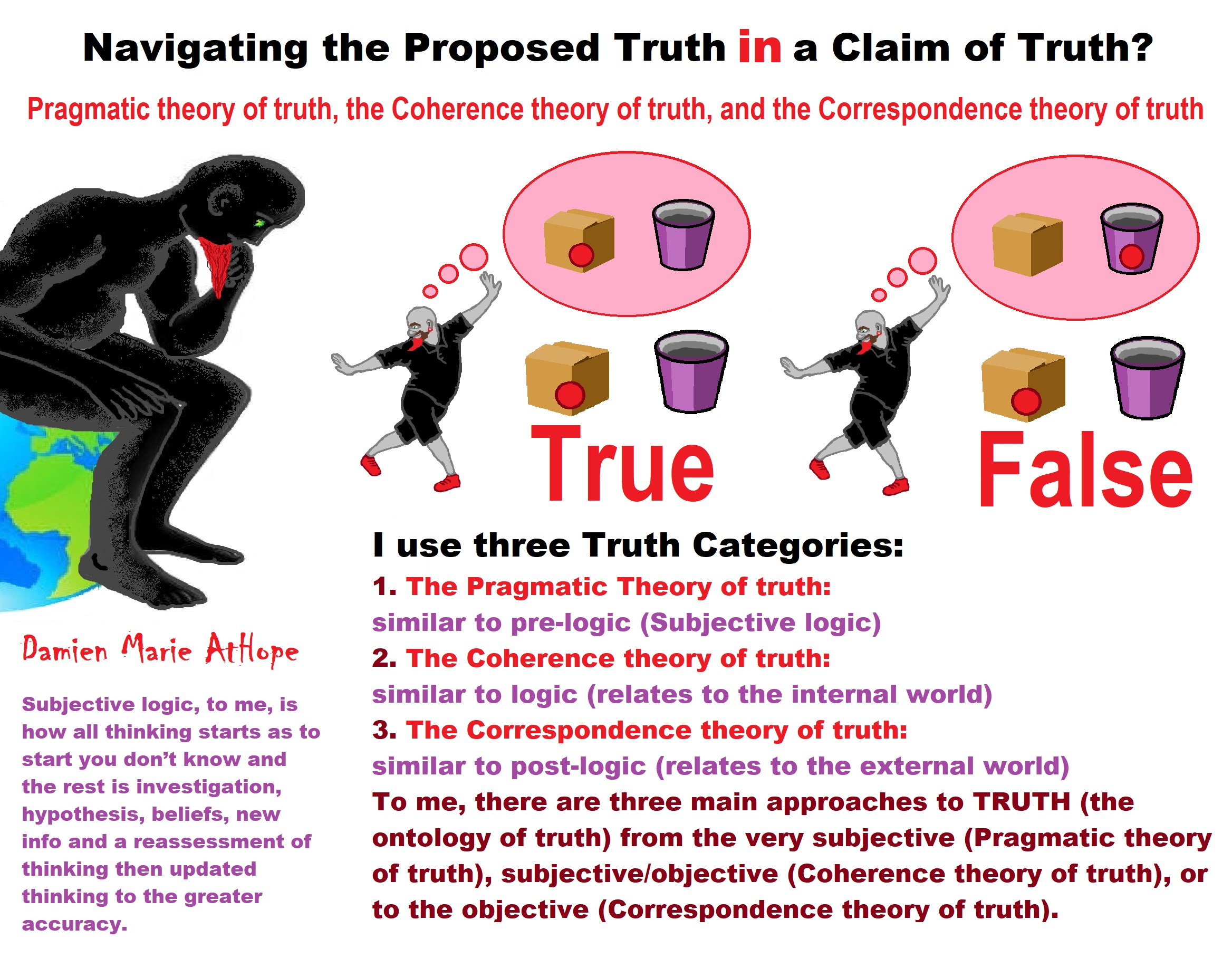
Logical Reasoning Methods and Argumentation
“A subdivision of philosophy is logic. Logic is the study of reasoning. Looking at logical categorizations of different types of reasoning, the traditional main division made in philosophy is between deductive reasoning and inductive reasoning. Formal logic has been described as the science of deduction. The study of inductive reasoning is generally carried out within the field known as informal logic or critical thinking.” ref
Pragmatic theory of truth
“A pragmatic theory of truth is a theory of truth within the philosophies of pragmatism and pragmaticism. Pragmatic theories of truth were first posited by Charles Sanders Peirce, William James, and John Dewey. The common features of these theories are a reliance on the pragmatic maxim as a means of clarifying the meanings of difficult concepts such as truth; and an emphasis on the fact that belief, certainty, knowledge, or truth is the result of an inquiry. Pragmatic theories of truth developed from the earlier ideas of ancient philosophy, the Scholastics. Pragmatic ideas about truth are often confused with the quite distinct notions of “logic and inquiry”, “judging what is true”, and “truth predicates.” ref
“In one classical formulation, truth is defined as the good of logic, where logic is a normative science, that is, an inquiry into a good or a value that seeks knowledge of it and the means to achieve it. In this view, truth cannot be discussed to much effect outside the context of inquiry, knowledge, and logic, all very broadly considered. Most inquiries into the character of truth begin with a notion of an informative, meaningful, or significant element, the truth of whose information, meaning, or significance may be put into question and needs to be evaluated.” ref
“Depending on the context, this element might be called: an artifact, expression, image, impression, lyric, mark, performance, picture, sentence, sign, string, symbol, text, thought, token, utterance, word, work, and so on. Whatever the case, one has the task of judging whether the bearers of information, meaning, or significance are indeed truth-bearers. This judgment is typically expressed in the form of a specific truth predicate, whose positive application to a sign, or so on, asserts that the sign is true.” ref
“Considered within the broadest horizon, there is little reason to imagine that the process of judging a work, that leads to a prediction of false or true, is necessarily amenable to formalization, and it may always remain what is commonly called a judgment call. But there are indeed many well-circumscribed domains where it is useful to consider disciplined forms of evaluation, and the observation of these limits allows for the institution of what is called a method of judging truth and falsity. One of the first questions that can be asked in this setting is about the relationship between the significant performance and its reflective critique. If one expresses oneself in a particular fashion, and someone says “that’s true”, is there anything useful at all that can be said in general terms about the relationship between these two acts? For instance, does the critique add value to the expression criticized, does it say something significant in its own right, or is it just an insubstantial echo of the original sign?” ref
“Theories of truth may be described according to several dimensions of description that affect the character of the predicate “true”. The truth predicates that are used in different theories may be classified by the number of things that have to be mentioned in order to assess the truth of a sign, counting the sign itself as the first thing. In formal logic, this number is called the arity of the predicate. The kinds of truth predicates may then be subdivided according to any number of more specific characters that various theorists recognize as important.” ref
- “A monadic truth predicate is one that applies to its main subject — typically a concrete representation or its abstract content — independently of reference to anything else. In this case, one can say that a truthbearer is true in and of itself.
- A dyadic truth predicate is one that applies to its main subject only in reference to something else, a second subject. Most commonly, the auxiliary subject is either an object, an interpreter, or a language to which the representation bears some relation.
- A triadic truth predicate is one that applies to its main subject only in reference to a second and a third subject. For example, in a pragmatic theory of truth, one has to specify both the object of the sign, and either its interpreter or another sign called the interpretant before one can say that the sign is true of its object to its interpreting agent or sign.” ref
“Several qualifications must be kept in mind with respect to any such radically simple scheme of classification, as real practice seldom presents any pure types, and there are settings in which it is useful to speak of a theory of truth that is “almost” k-adic, or that “would be” k-adic if certain details can be abstracted away and neglected in a particular context of the discussion. That said, given the generic division of truth predicates according to their arity, further species can be differentiated within each genus according to a number of more refined features. The truth predicate of interest in a typical correspondence theory of truth tells of a relation between representations and objective states of affairs, and is therefore expressed, for the most part, by a dyadic predicate. In general terms, one says that a representation is true of an objective situation, more briefly, that a sign is true of an object. The nature of the correspondence may vary from theory to theory in this family. The correspondence can be fairly arbitrary or it can take on the character of an analogy, an icon, or a morphism, whereby a representation is rendered true of its object by the existence of corresponding elements and a similar structure.” ref

Correspondence theory of truth
“In metaphysics and philosophy of language, the correspondence theory of truth states that the truth or falsity of a statement is determined only by how it relates to the world and whether it accurately describes (i.e., corresponds with) that world. Correspondence theories claim that true beliefs and true statements correspond to the actual state of affairs. This type of theory attempts to posit a relationship between thoughts or statements on one hand, and things or facts on the other. Correspondence theory is a traditional model which goes back at least to some of the ancient Greek philosophers such as Plato and Aristotle. This class of theories holds that the truth or the falsity of a representation is determined solely by how it relates to a reality; that is, by whether it accurately describes that reality. As Aristotle claims in his Metaphysics: “To say that that which is, is not, and that which is not, is, is a falsehood; therefore, to say that which is, is, and that which is not, is not, is true.” ref
“Correspondence theory was either explicitly or implicitly embraced by most of the early modern thinkers, including René Descartes, Baruch Spinoza, John Locke, Gottfried Wilhelm Leibniz, David Hume, and Immanuel Kant. (However, Spinoza and Kant have also been [miss]interpreted as defenders of the coherence theory of truth.) Correspondence theory has also been attributed to Thomas Reid. In late modern philosophy, Friedrich Wilhelm Joseph Schelling espoused the correspondence theory. According to Bhikhu Parekh, Karl Marx also subscribed to a version of the correspondence theory. In contemporary Continental philosophy, Edmund Husserl defended the correspondence theory. In contemporary analytic philosophy, Bertrand Russell, Ludwig Wittgenstein (at least in his early period), J. L. Austin, and Karl Popper defended the correspondence theory.” ref
“Bertrand Russell and Ludwig Wittgenstein have in different ways suggested that a statement, to be true, must have some kind of structural isomorphism with the state of affairs in the world that makes it true. For example, “A cat is on a mat” is true if, and only if, there is in the world a cat and a mat and the cat is related to the mat by virtue of being on it. If any of the three pieces (the cat, the mat, and the relation between them which correspond respectively to the subject, object, and verb of the statement) is missing, the statement is false. Some sentences pose difficulties for this model, however. As just one example, adjectives such as “counterfeit”, “alleged”, or “false” do not have the usual simple meaning of restricting the meaning of the noun they modify: a “tall lawyer” is a kind of lawyer, but an “alleged lawyer” may not be.” ref
“J. L. Austin theorized that there need not be any structural parallelism between a true statement and the state of affairs that makes it true. It is only necessary that the semantics of the language in which the statement is expressed are such as to correlate whole-for-whole the statement with the state of affairs. A false statement, for Austin, is one that is correlated by the language to a state of affairs that does not exist. Historically, most advocates of correspondence theories have been metaphysical realists; that is, they believe that there is a world external to the minds of all humans. This is in contrast to metaphysical idealists who hold that everything that exists, exists as a substantial metaphysical entity independently of the individual thing of which it is predicated, and also to conceptualists who hold that everything that exists is, in the end, just an idea in some mind. However, it is not strictly necessary that a correspondence theory be married to metaphysical realism. It is possible to hold, for example, that the facts of the world determine which statements are true and to also hold that the world (and its facts) is but a collection of ideas in the mind of some supreme being.” ref
“One attack on the theory claims that the correspondence theory succeeds in its appeal to the real world only in so far as the real world is reachable by us. The direct realist believes that we directly know objects as they are. Such a person can wholeheartedly adopt a correspondence theory of truth. The rigorous idealist believes that there are no real, mind-independent objects. The correspondence theory appeals to imaginary undefined entities, so it is incoherent. Other positions hold that we have some type of awareness, perception, etc. of real-world objects which in some way falls short of direct knowledge of them. But such an indirect awareness or perception is itself an idea in one’s mind, so that the correspondence theory of truth reduces to a correspondence between ideas about truth and ideas of the world, whereupon it becomes a coherence theory of truth.” ref
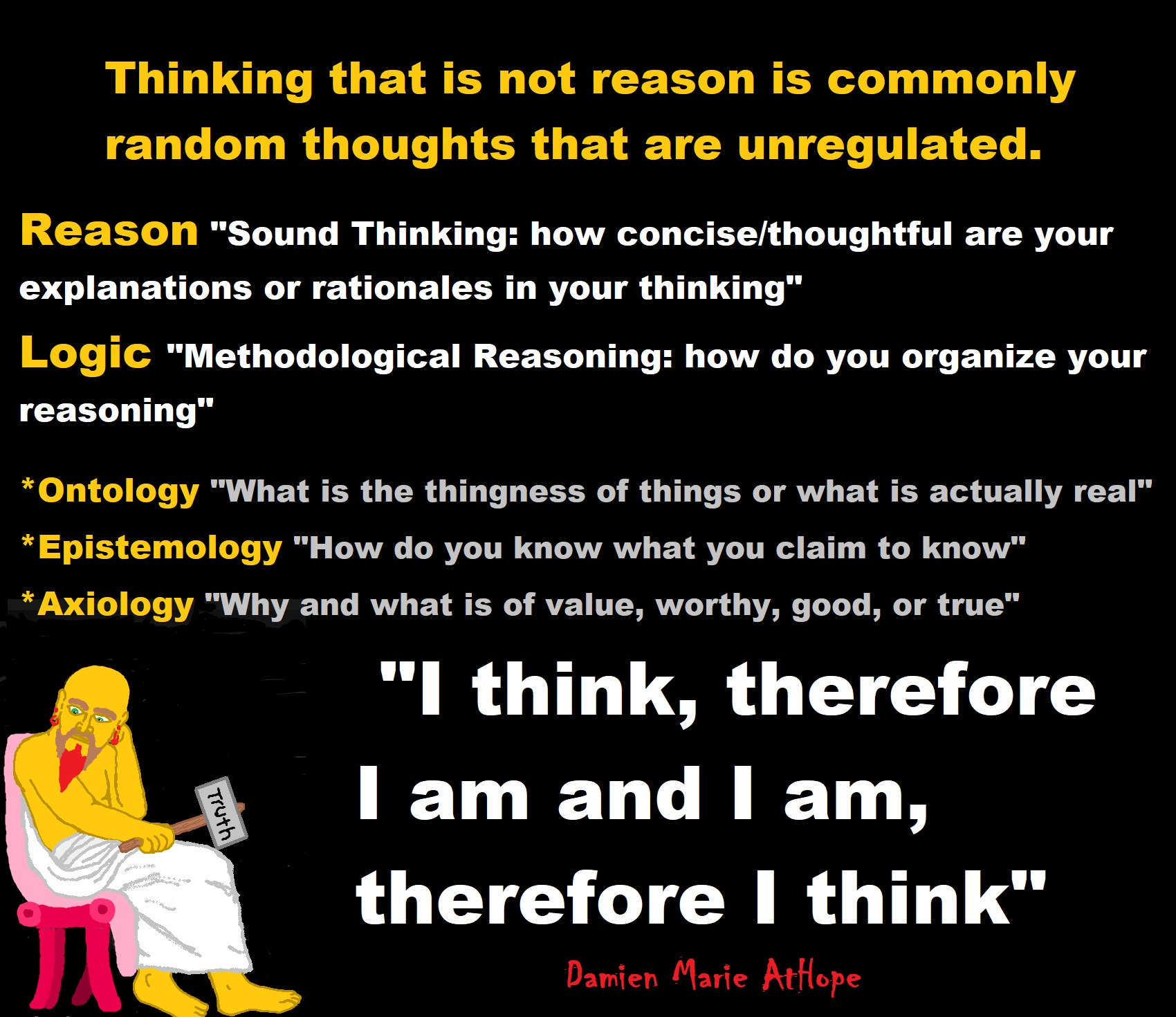
Coherence theory of truth
“Coherence theories of truth characterize truth as a property of whole systems of propositions that can be ascribed to individual propositions only derivatively according to their coherence with the whole. While modern coherence theorists hold that there are many possible systems to which the determination of truth may be based upon coherence, others, particularly those with strong religious beliefs, hold that the truth only applies to a single absolute system. In general, truth requires a proper fit of elements within the whole system. Very often, though, coherence is taken to imply something more than simple formal coherence. For example, the coherence of the underlying set of concepts is considered to be a critical factor in judging validity. In other words, the set of base concepts in a universe of discourse must form an intelligible paradigm before many theorists consider that the coherence theory of truth is applicable.” ref
“In modern philosophy, the coherence theory of truth was defended by Baruch Spinoza, Immanuel Kant, Johann Gottlieb Fichte, Karl Wilhelm Friedrich Schlegel, Georg Wilhelm Friedrich Hegel, and Harold Henry Joachim (who is credited with the definitive formulation of the theory). However, Spinoza and Kant have also been interpreted as defenders of the correspondence theory of truth. In contemporary philosophy, several epistemologists have significantly contributed to and defended the theory, primarily Brand Blanshard (who gave the earliest characterization of the theory in contemporary times) and Nicholas Rescher.” ref
“According to one view, the coherence theory of truth regards truth as coherence within some specified set of sentences, propositions, or beliefs. It is the “theory of knowledge which maintains that truth is a property primarily applicable to any extensive body of consistent propositions, and derivatively applicable to any one proposition in such a system by virtue of its part in the system”. Ideas like this are a part of the philosophical perspective known as confirmation holism. Coherence theories of truth claim that coherence and consistency are important features of a theoretical system, and that these properties are sufficient to its truth. To state it in the reverse, that “truth” exists only within a system, and doesn’t exist outside of a system.” ref
“According to another version by H. H. Joachim (the philosopher credited with the definitive formulation of the theory, in his book The Nature of Truth, published in 1906), truth is a systematic coherence that involves more than logical consistency. In this view, a proposition is true to the extent that it is a necessary constituent of a systematically coherent whole. Others of this school of thought, for example, Brand Blanshard, hold that this whole must be so interdependent that every element in it necessitates and even entails every other element. Exponents of this view infer that the most complete truth is a property solely of a unique coherent system, called the absolute, and that humanly knowable propositions and systems have a degree of truth that is proportionate to how fully they approximate this ideal.” ref
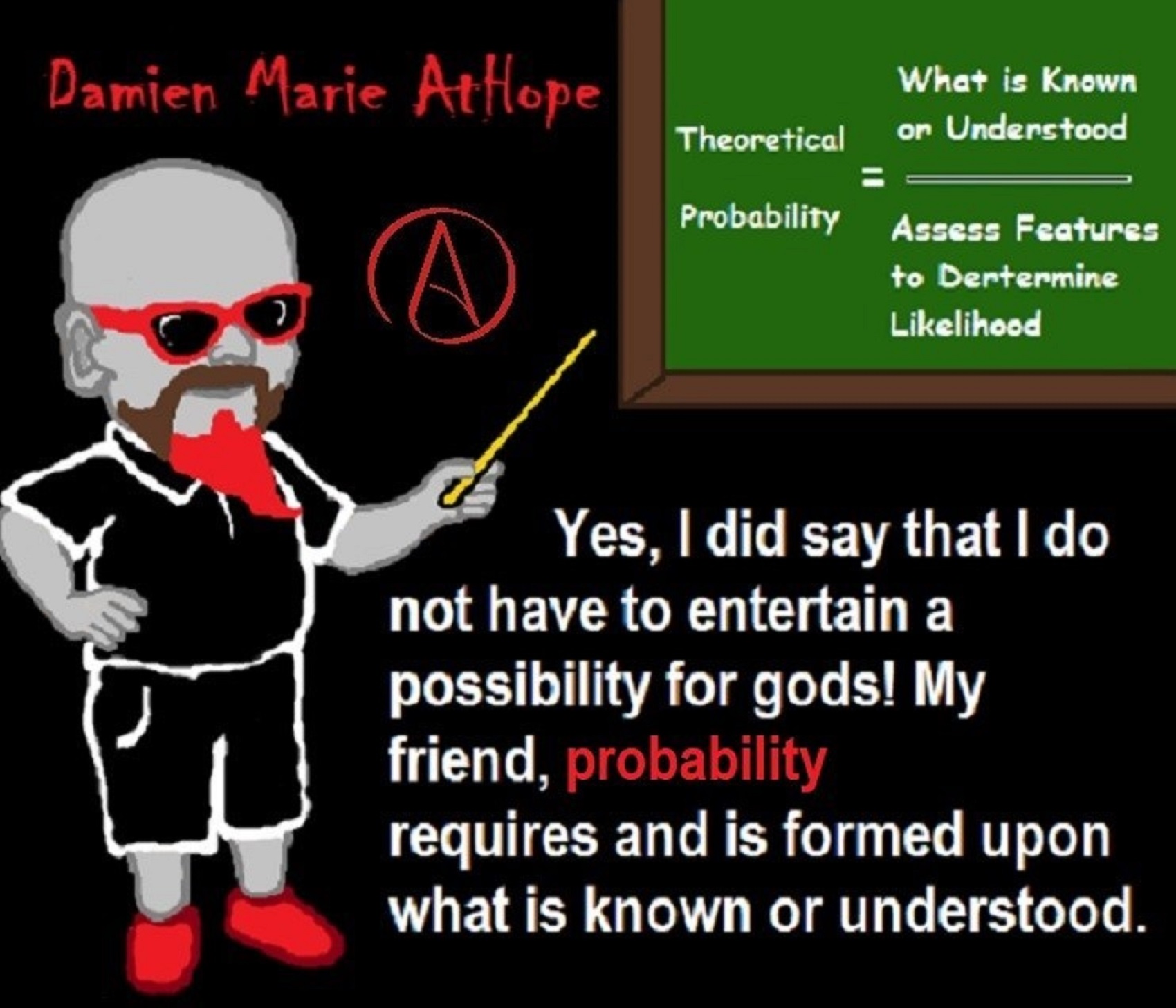
Certainty, Knowledge, and Beliefs
“Like knowledge, certainty is an epistemic property of beliefs. Certainty, or the attempt to obtain certainty, has played a central role in the history of philosophy. Some philosophers have taken the kind of certainty characteristic of mathematical knowledge to be the goal at which philosophy should aim. As with knowledge, it is difficult to provide an uncontentious analysis of certainty. There are several reasons for this. One is that there are different kinds of certainty, which are easy to conflate. Another is that the full value of certainty is surprisingly hard to capture. A third reason is that there are two dimensions to certainty: a belief can be individually certain at a particular moment, or it can be certain over some greater length of time in a system of beliefs.” ref
Kinds of Certainty
“One kind is psychological-certainty, a belief is psychologically certain when the subject who has it is supremely convinced of its truth. Certainty in this sense is similar to incorrigibility, which is the property a belief has of being such that the subject is incapable of giving it up. But psychological certainty is not the same thing as incorrigibility. A belief can be certain in this sense without being incorrigible; this may happen, for example, when the subject receives a very compelling bit of counterevidence to the (previously) certain belief and gives it up for that reason. Moreover, a belief can be incorrigible without being psychologically certain. For example, a mother may be incapable of giving up the belief that her son did not commit a gruesome murder, and yet, compatible with that inextinguishable belief, she may be tortured by doubt.” ref
“A second kind is epistemic-certainty, roughly characterized, a belief is certain in this sense when it has the highest possible epistemic status. Epistemic certainty is often accompanied by psychological certainty, but it need not be. It is possible that a subject may have a belief that enjoys the highest possible epistemic status and yet be unaware that it does. In such a case, the subject may feel less than the full confidence that her epistemic position warrants. A basic historical reliabilist will say that a belief is justified just in case it has been produced by a process that has yielded a preponderance of true beliefs. So, if the process has yielded a true belief, say, 90% of the time, the probability that the next belief will be true is 90%; this is so even if the belief in question is necessarily true and has been logically deduced from a set of beliefs, each of which is necessarily true.)” ref
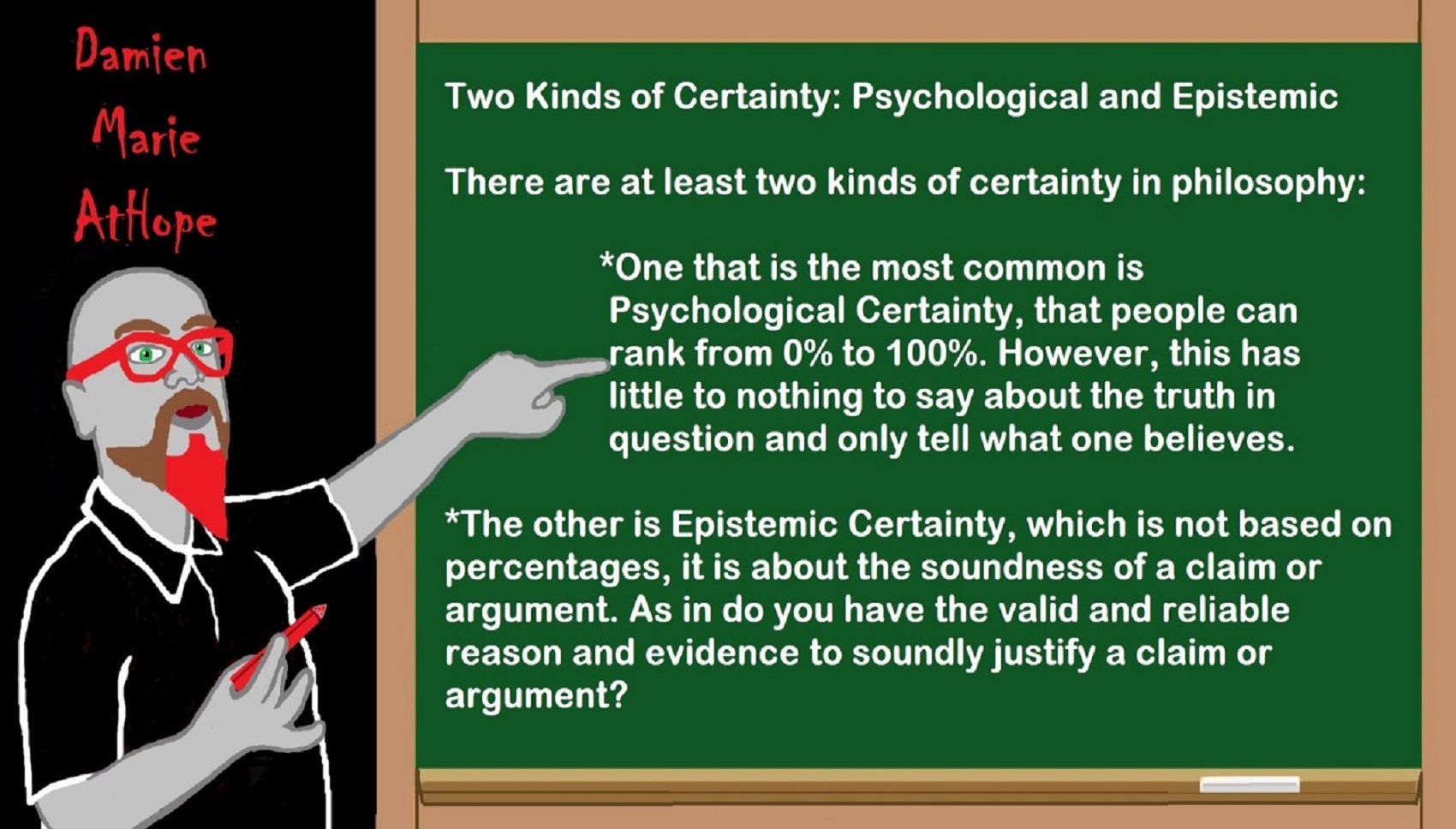
Deductive reasoning
“Deduction is a form of reasoning in which a conclusion follows necessarily from the stated premises. A deduction is also the conclusion reached by a deductive reasoning process. One classic example of deductive reasoning is that found in syllogisms like the following:
- Premise 1: All humans are mortal.
- Premise 2: Socrates is a human.
- Conclusion: Socrates is mortal.
The reasoning in this argument is deductively valid because there is no way in which the premises, 1 and 2, could be true and the conclusion, 3, be false.” ref
Inductive reasoning
“Induction is a form of inference producing propositions about unobserved objects or types, either specifically or generally, based on previous observation. It is used to ascribe properties or relations to objects or types based on previous observations or experiences, or to formulate general statements or laws based on limited observations of recurring phenomenal patterns. Inductive reasoning contrasts strongly with deductive reasoning in that, even in the best, or strongest, cases of inductive reasoning, the truth of the premises does not guarantee the truth of the conclusion. Instead, the conclusion of an inductive argument follows with some degree of probability. Relatedly, the conclusion of an inductive argument contains more information than is already contained in the premises. Thus, this method of reasoning is ampliative.” ref
“A classic example of inductive reasoning comes from the empiricist David Hume:
- Premise: The sun has risen in the east every morning up until now.
- Conclusion: The sun will also rise in the east tomorrow.” ref
Analogical reasoning
“Analogical reasoning is a form of inductive reasoning from a particular to a particular. It is often used in case-based reasoning, especially legal reasoning. An example follows:
- Premise 1: Socrates is human and mortal.
- Premise 2: Plato is human.
- Conclusion: Plato is mortal.” ref
“Analogical reasoning is a weaker form of inductive reasoning from a single example, because inductive reasoning typically uses a large number of examples to reason from the particular to the general. Analogical reasoning often leads to wrong conclusions. For example:
- Premise 1: Socrates is human and male.
- Premise 2: Ada Lovelace is human.
- Conclusion: Ada Lovelace is male.” ref
Abductive reasoning
“Abductive reasoning, or argument to the best explanation, is a form of reasoning that doesn’t fit in deductive or inductive, since it starts with an incomplete set of observations and proceeds with likely possible explanations so the conclusion in an abductive argument does not follow with certainty from its premises and concerns something unobserved. What distinguishes abduction from the other forms of reasoning is an attempt to favor one conclusion above others, by subjective judgment or attempting to falsify alternative explanations, or by demonstrating the likelihood of the favored conclusion, given a set of more or less disputable assumptions. For example, when a patient displays certain symptoms, there might be various possible causes, but one of these is preferred above the others as being more probable.” ref
Fallacious reasoning
“Flawed reasoning in arguments is known as fallacious reasoning. Bad reasoning within arguments can be because it commits either a formal fallacy or an informal fallacy. Formal fallacies occur when there is a problem with the form, or structure, of the argument. The word “formal” refers to this link to the form of the argument. An argument that contains a formal fallacy will always be invalid. An informal fallacy is an error in reasoning that occurs due to a problem with the content, rather than mere structure, of the argument.” ref
“Philosophy is sometimes described as a life of reason, with normal human reason pursued in a more consistent and dedicated way than usual. Two categories of problem concerning reason have long been discussed by philosophers concerning reason, essentially being reasonings about reasoning itself as a human aim, or philosophizing about philosophizing. The first question is concerning whether we can be confident that reason can achieve knowledge of truth better than other ways of trying to achieve such knowledge. The other question is whether a life of reason, a life that aims to be guided by reason, can be expected to achieve a happy life more so than other ways of life (whether such a life of reason results in knowledge or not).” ref

Reason versus truth, and “first principles”
“Since classical times a question has remained constant in philosophical debate (which is sometimes seen as a conflict between movements called Platonism and Aristotelianism) concerning the role of reason in confirming truth. People use logic, deduction, and induction, to reach conclusions they think are true. Conclusions reached in this way are considered, according to Aristotle, more certain than sense perceptions on their own. On the other hand, if such reasoned conclusions are only built originally upon a foundation of sense perceptions, then, our most logical conclusions can never be said to be certain because they are built upon the very same fallible perceptions they seek to better. This leads to the question of what types of first principles, or starting points of reasoning, are available for someone seeking to come to true conclusions. In Greek, “first principles” are archai, “starting points”, and the faculty used to perceive them is sometimes referred to in Aristotle and Plato as nous which was close in meaning to awareness or consciousness.” ref
“Empiricism (sometimes associated with Aristotle but more correctly associated with British philosophers such as John Locke and David Hume, as well as their ancient equivalents such as Democritus) asserts that sensory impressions are the only available starting points for reasoning and attempting to attain truth. This approach always leads to the controversial conclusion that absolute knowledge is not attainable. Idealism, (associated with Plato and his school), claims that there is a “higher” reality, from which certain people can directly arrive at truth without needing to rely only upon the senses, and that this higher reality is, therefore, the primary source of truth. Since the 17th century rationalists, reason has often been taken to be a subjective faculty, or rather the unaided ability (pure reason) to form concepts. For Descartes, Spinoza and Leibniz, this was associated with mathematics. Kant attempted to show that pure reason could form concepts (time and space) that are the conditions of experience. Kant made his argument in opposition to Hume, who denied that reason had any role to play in experience.” ref
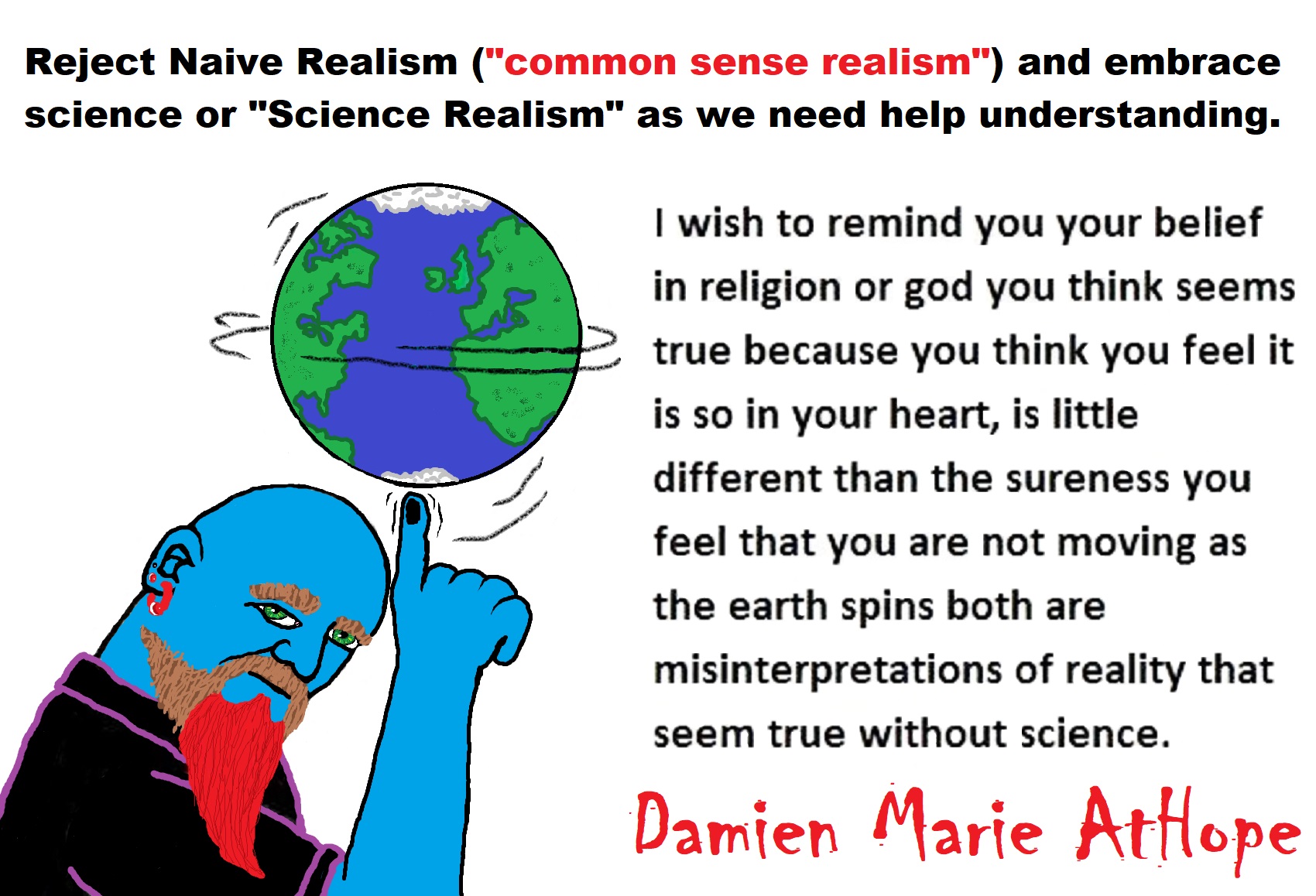
Reason versus emotion or passion
“After Plato and Aristotle, western literature often treated reason as being the faculty that trained the passions and appetites. Stoic philosophy, by contrast, claimed most emotions were merely false judgments. According to the stoics, the only good is virtue, and the only evil is vice, therefore emotions that judged things other than vice to be bad (such as fear or distress), or things other than virtue to be good (such as greed) were simply false judgments and should be discarded (though positive emotions based on true judgments, such as kindness, were acceptable). After the critiques of reason in the early Enlightenment, the appetites were rarely discussed or conflated with the passions. Some Enlightenment camps took after the Stoics to say Reason should oppose Passion rather than order it, while others like the Romantics believed that Passion displaces Reason, as in the maxim “follow your heart”. Reason has been seen as cold, an “enemy of mystery and ambiguity”, a slave, or judge, of the passions, notably in the work of David Hume, and more recently of Freud. Reasoning which claims that the object of a desire is demanded by logic alone is called rationalization.” ref
“Rousseau first proposed, in his second Discourse, that reason and political life is not natural and possibly harmful to mankind. He asked what really can be said about what is natural to mankind. What, other than reason and civil society, “best suits his constitution”? Rousseau saw “two principles prior to reason” in human nature. First, we hold an intense interest in our own well-being. Secondly, we object to the suffering or death of any sentient being, especially one like ourselves. These two passions lead us to desire more than we could achieve. We become dependent upon each other, and on relationships of authority and obedience. This effectively puts the human race into slavery. Rousseau says that he almost dares to assert that nature does not destine men to be healthy. According to Richard Velkley, “Rousseau outlines certain programs of rational self-correction, most notably the political legislation of the Contrat Social and the moral education in Émile. All the same, Rousseau understands such corrections to be only ameliorations of an essentially unsatisfactory condition, that of socially and intellectually corrupted humanity.” ref
“This quandary presented by Rousseau led to Kant‘s new way of justifying reason as freedom to create good and evil. These, therefore, are not to be blamed on nature or God. In various ways, German Idealism after Kant, and major later figures such Nietzsche, Bergson, Husserl, Scheler, and Heidegger, remain preoccupied with problems coming from the metaphysical demands or urges of reason. The influence of Rousseau and these later writers is also large upon art and politics. Many writers (such as Nikos Kazantzakis) extol passion and disparage reason. In politics, modern nationalism comes from Rousseau’s argument that rationalist cosmopolitanism brings man ever further from his natural state. Another view on reason and emotion was proposed in the 1994 book titled Descartes’ Error by Antonio Damasio. In it, Damasio presents the “Somatic Marker Hypothesis” which states that emotions guide behavior and decision-making. Damasio argues that these somatic markers (known collectively as “gut feelings”) are “intuitive signals” that direct our decision-making processes in a certain way that cannot be solved with rationality alone. Damasio further argues that rationality requires emotional input in order to function.” ref
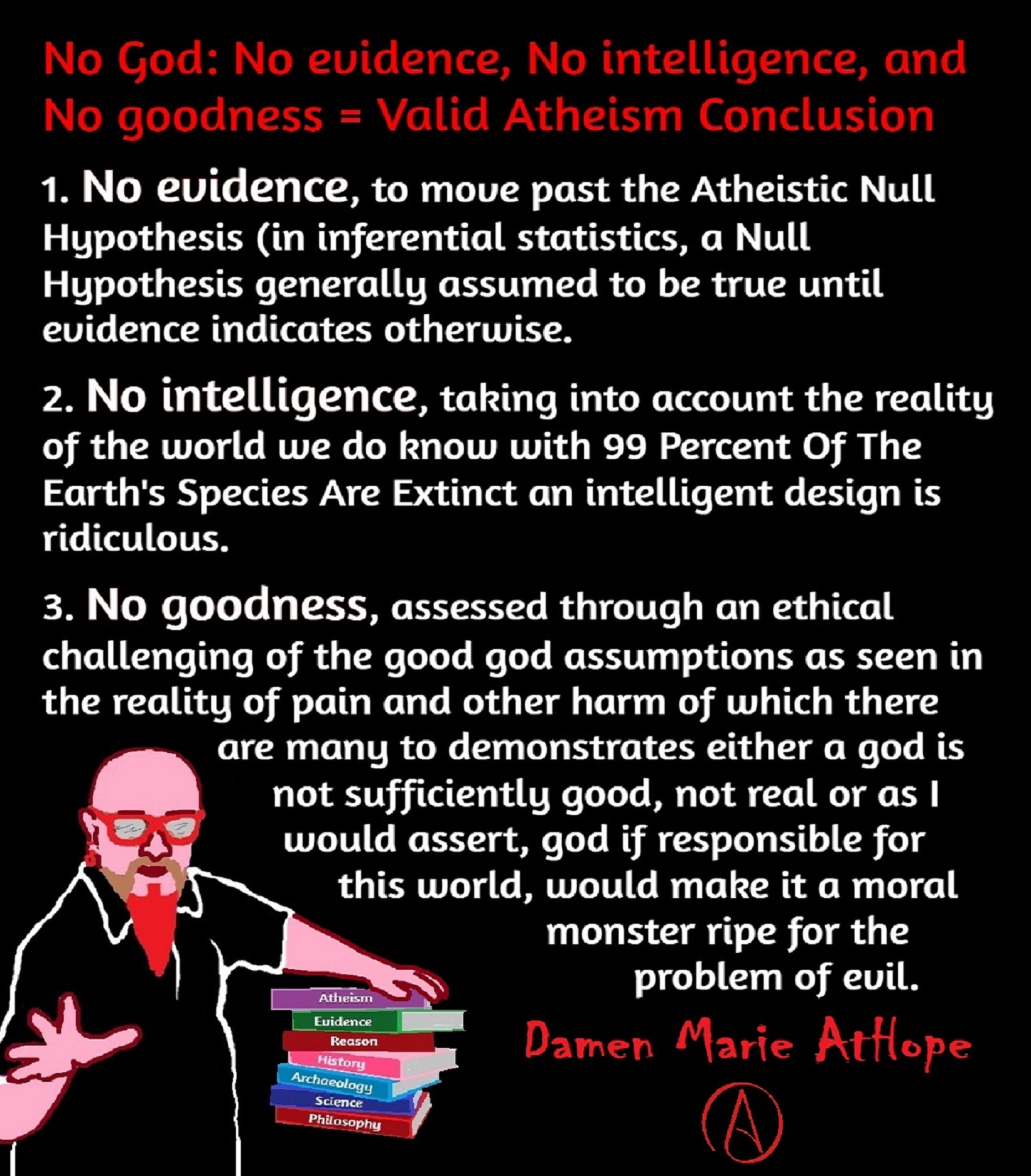
Reason versus faith or tradition
“There are many religious traditions, some of which are explicitly fideist and others of which claim varying degrees of rationalism. Secular critics sometimes accuse all religious adherents of irrationality, since they claim such adherents are guilty of ignoring, suppressing, or forbidding some kinds of reasoning concerning some subjects (such as religious dogmas, moral taboos, etc.). Though the theologies and religions such as classical monotheism typically do not admit to being irrational, there is often a perceived conflict or tension between faith and tradition on the one hand, and reason on the other, as potentially competing sources of wisdom, law, and truth.” ref
“Religious adherents sometimes respond by arguing that faith and reason can be reconciled, or have different non-overlapping domains, or that critics engage in a similar kind of irrationalism:
- Reconciliation: Philosopher Alvin Plantinga argues that there is no real conflict between reason and classical theism because classical theism explains (among other things) why the universe is intelligible and why reason can successfully grasp it.
- Non-overlapping magisteria: Evolutionary biologist Stephen Jay Gould argues that there need not be conflict between reason and religious belief because they are each authoritative in their own domain (or “magisterium”). If so, reason can work on those problems over which it has authority while other sources of knowledge or opinion can have authority on the big questions.
- Tu quoque: Philosophers Alasdair MacIntyre and Charles Taylor argue that those critics of traditional religion who are adherents of secular liberalism are also sometimes guilty of ignoring, suppressing, and forbidding some kinds of reasoning about subjects. Similarly, philosophers of science such as Paul Feyarabend argue that scientists sometimes ignore or suppress evidence contrary to the dominant paradigm.
- Unification: Theologian Joseph Ratzinger, later Benedict XVI, asserted that “Christianity has understood itself as the religion of the Logos, as the religion according to reason,” referring to John 1:Ἐν ἀρχῇ ἦν ὁ λόγος, usually translated as “In the beginning was the Word (Logos).” Thus, he said that the Christian faith is “open to all that is truly rational”, and that the rationality of Western Enlightenment “is of Christian origin.” ref
“Some commentators have claimed that Western civilization can be almost defined by its serious testing of the limits of tension between “unaided” reason and faith in “revealed” truths—figuratively summarized as Athens and Jerusalem, respectively. Leo Strauss spoke of a “Greater West” that included all areas under the influence of the tension between Greek rationalism and Abrahamic revelation, including the Muslim lands. He was particularly influenced by the great Muslim philosopher Al-Farabi. To consider to what extent Eastern philosophy might have partaken of these important tensions, Strauss thought it best to consider whether dharma or tao may be equivalent to Nature (by which we mean physis in Greek). According to Strauss the beginning of philosophy involved the “discovery or invention of nature” and the “pre-philosophical equivalent of nature” was supplied by “such notions as ‘custom’ or ‘ways‘“, which appear to be really universal in all times and places.” ref
“The philosophical concept of nature or natures as a way of understanding archai (first principles of knowledge) brought about a peculiar tension between reasoning on the one hand, and tradition or faith on the other. Although there is this special history of debate concerning reason and faith in the Islamic, Christian, and Jewish traditions, the pursuit of the reason is sometimes argued to be compatible with the other practice of other religions of a different nature, such as Hinduism, because they do not define their tenets in such an absolute way.” ref
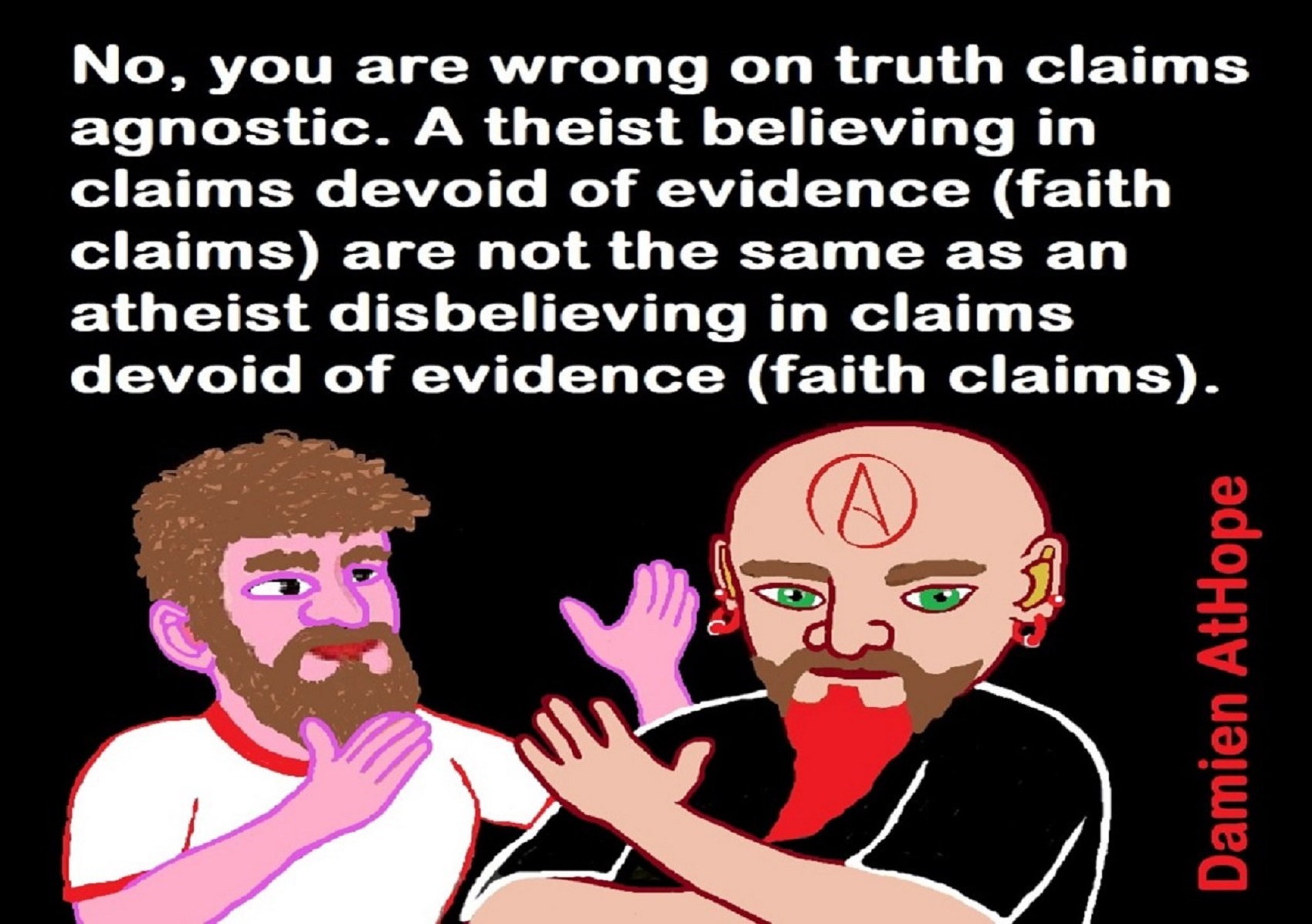
Evolution of reason
“A species could benefit greatly from better abilities to reason about, predict and understand the world. French social and cognitive scientists Dan Sperber and Hugo Mercier argue that there could have been other forces driving the evolution of reason. They point out that reasoning is very difficult for humans to do effectively, and that it is hard for individuals to doubt their own beliefs (confirmation bias). Reasoning is most effective when it is done as a collective – as demonstrated by the success of projects like science. They suggest that there are not just individual, but group selection pressures at play. Any group that managed to find ways of reasoning effectively would reap benefits for all its members, increasing their fitness. This could also help explain why humans, according to Sperber, are not optimized to reason effectively alone. Their argumentative theory of reasoning claims that reason may have more to do with winning arguments than with the search for the truth.” ref
“As the study of argument is of clear importance to the reasons that we hold things to be true, logic is of essential importance to rationality. Arguments may be logical if they are “conducted or assessed according to strict principles of validity“, while they are rational according to the broader requirement that they are based on reason and knowledge. Logic and rationality have each been taken as fundamental concepts in philosophy. They are not one of the same thing. Philosophical rationalism in its most extreme form is the doctrine that knowledge can ultimately be founded on pure reason, while logicism is the doctrine that mathematical concepts, among others are reducible to pure logic. Critical thinking, also called critical analysis, is clear, rational thinking involving critique. Dialectic is a discourse between two or more people holding different points of view about a subject but wishing to establish the truth through reasoned arguments. It has been the object of study since ancient times, but only recently has it been the subject of attempts at formalization.” ref
“Deductive reasoning concerns the logical consequence of given premises. On a narrow conception of logic, logic concerns just deductive reasoning, although such a narrow conception controversially excludes most of what is called informal logic from the discipline. Other forms of reasoning are sometimes also taken to be part of logic, such as inductive reasoning and abductive reasoning, which are forms of reasoning that are not purely deductive, but include material inference. Similarly, it is important to distinguish deductive validity and inductive validity (called “strength”). An inference is deductively valid if and only if there is no possible situation in which all the premises are true but the conclusion false. An inference is inductively strong if and only if its premises give some degree of probability to its conclusion.” ref
“The notion of deductive validity can be rigorously stated for systems of formal logic in terms of the well-understood notions of semantics. Inductive validity, on the other hand, requires us to define a reliable generalization of some set of observations. The task of providing this definition may be approached in various ways, some less formal than others; some of these definitions may use logical association rule induction, while others may use mathematical models of probability such as decision trees. For the most part this discussion of logic deals only with deductive logic. Abductive reasoning is a form of inference that goes from an observation to a theory that accounts for the observation, ideally seeking to find the simplest and most likely explanation. In abductive reasoning, unlike in deductive reasoning, the premises do not guarantee the conclusion. One can understand abductive reasoning as “inference to the best explanation.” ref
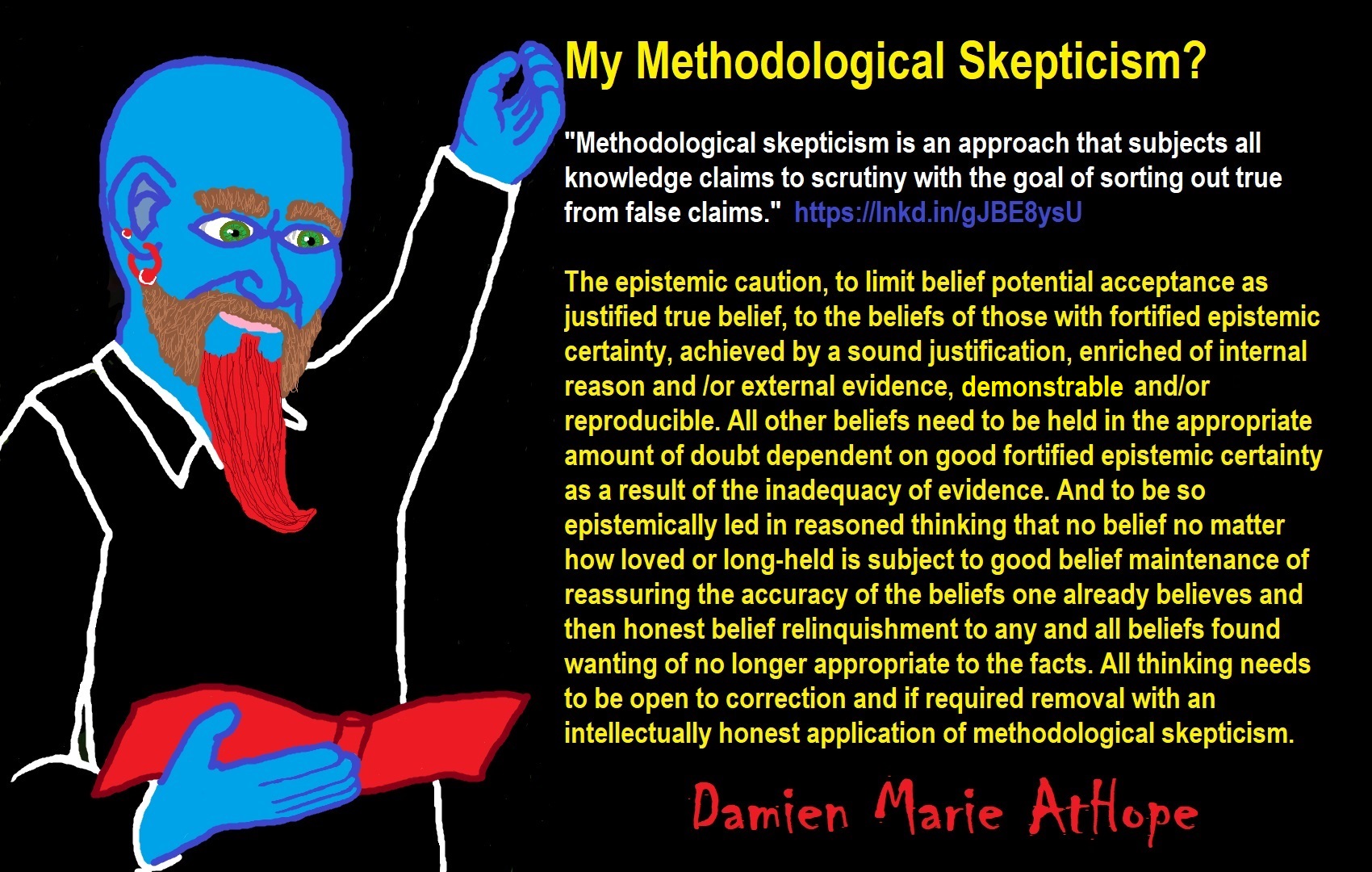
Critical thinking
“Critical thinking is the analysis of available facts, evidence, observations, and arguments to form a judgement. The subject is complex; several different definitions exist, which generally include the rational and unbiased analysis or evaluation of factual evidence. Critical thinking is self-directed, self-disciplined, self-monitored, and self-corrective thinking. It presupposes assent to rigorous standards of excellence and mindful command of their use. It entails effective communication and problem-solving abilities as well as a commitment to overcome native egocentrism and sociocentrism. In the term critical thinking, the word critical, (Grk. κριτικός = kritikos = “critic”) derives from the word critic and implies a critique; it identifies the intellectual capacity and the means “of judging”, “of judgement”, “for judging”, and of being “able to discern”. The intellectual roots of critical thinking are as ancient as its etymology, traceable, ultimately, to the teaching practice and vision of Socrates 2,500 years ago who discovered by a method of probing questioning that people could not rationally justify their confident claims to knowledge.” ref
“Methodological skepticism is an approach that subjects all knowledge claims to scrutiny with the goal of sorting out true from false claims which is distinguished from Philosophical skepticism in that philosophical skepticism is an approach that questions the possibility of certainty in knowledge. Similarly, scientific skepticism differs from philosophical skepticism in that scientific skepticism is an epistemological position in which one questions the veracity of claims lacking empirical evidence. In practice, the term most commonly references the examination of claims and theories that appear to be pseudoscience, rather than the routine discussions and challenges among scientists.” ref

Critical thinking, Logic, and Rationality
“The study of logical argumentation is relevant to the study of critical thinking. Logic is concerned with the analysis of arguments, including the appraisal of their correctness or incorrectness. In the field of epistemology, critical thinking is considered to be logically correct thinking, which allows for differentiation between logically true and logically false statements. In “First wave” logical thinking, the thinker is removed from the train of thought, and the analysis of connections between concepts or points in thought is ostensibly free of any bias. In his essay Beyond Logicism in Critical Thinking Kerry S. Walters describes this ideology thus: “A logistic approach to critical thinking conveys the message to students that thinking is legitimate only when it conforms to the procedures of informal (and, to a lesser extent, formal) logic and that the good thinker necessarily aims for styles of examination and appraisal that are analytical, abstract, universal, and objective.” ref
“This model of thinking has become so entrenched in conventional academic wisdom that many educators accept it as canon”. Such principles are concomitant with the increasing dependence on a quantitative understanding of the world. In the ‘second wave’ of critical thinking, authors consciously moved away from the logocentric mode of critical thinking characteristic of the ‘first wave’. Although many scholars began to take a less exclusive view of what constitutes critical thinking, rationality and logic remain widely accepted as essential bases for critical thinking. Walters argues that exclusive logicism in the first wave sense is based on “the unwarranted assumption that good thinking is reducible to logical thinking”. There are three types of logical reasoning. Informally, two kinds of logical reasoning can be distinguished in addition to formal deduction, which are induction and abduction.” ref
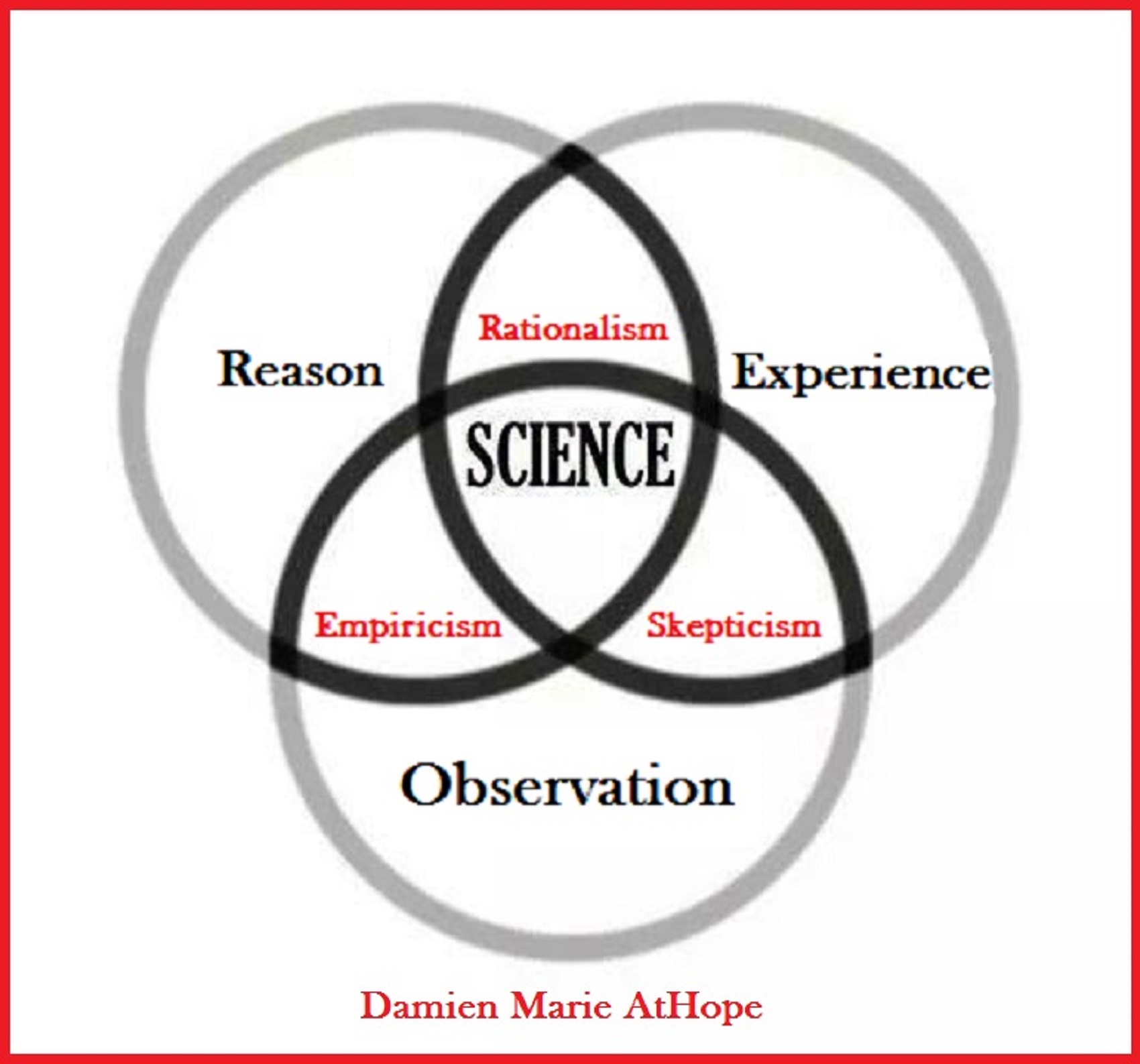
Critical thinking and Rationality
“Kerry S. Walters, an emeritus philosophy professor from Gettysburg College, argues that rationality demands more than just logical or traditional methods of problem-solving and analysis or what he calls the “calculus of justification” but also considers “cognitive acts such as imagination, conceptual creativity, intuition and insight” (p. 63). These “functions” are focused on discovery, on more abstract processes instead of linear, rules-based approaches to problem-solving. The linear and non-sequential mind must both be engaged in the rational mind. The ability to critically analyze an argument—to dissect structure and components, thesis, and reasons—is essential. But so is the ability to be flexible and consider non-traditional alternatives and perspectives. These complementary functions are what allow for critical thinking to be a practice encompassing imagination and intuition in cooperation with traditional modes of deductive inquiry.” ref
“The list of core critical thinking skills includes observation, interpretation, analysis, inference, evaluation, explanation, and metacognition. According to Reynolds (2011), an individual or group engaged in a strong way of critical thinking gives due consideration to establish for instance:
- Evidence through reality
- Context skills to isolate the problem from context
- Relevant criteria for making the judgment well
- Applicable methods or techniques for forming the judgment
- Applicable theoretical constructs for understanding the problem and the question at hand” ref
“In addition to possessing strong critical-thinking skills, one must be disposed to engage problems and decisions using those skills. Critical thinking employs not only logic but broad intellectual criteria such as clarity, credibility, accuracy, precision, relevance, depth, breadth, significance, and fairness.” ref
“Critical thinking calls for the ability to:
- Recognize problems, to find workable means for meeting those problems
- Understand the importance of prioritization and order of precedence in problem-solving
- Gather and marshal pertinent (relevant) information
- Recognize unstated assumptions and values
- Comprehend and use language with accuracy, clarity, and discernment
- Interpret data, to appraise evidence and evaluate arguments
- Recognize the existence (or non-existence) of logical relationships between propositions
- Draw warranted conclusions and generalizations
- Put to test the conclusions and generalizations at which one arrives
- Reconstruct one’s patterns of beliefs on the basis of wider experience
- Render accurate judgments about specific things and qualities in everyday life” ref
“In sum:
“A persistent effort to examine any belief or supposed form of knowledge in the light of the evidence that supports or refutes it and the further conclusions to which it tends.” ref
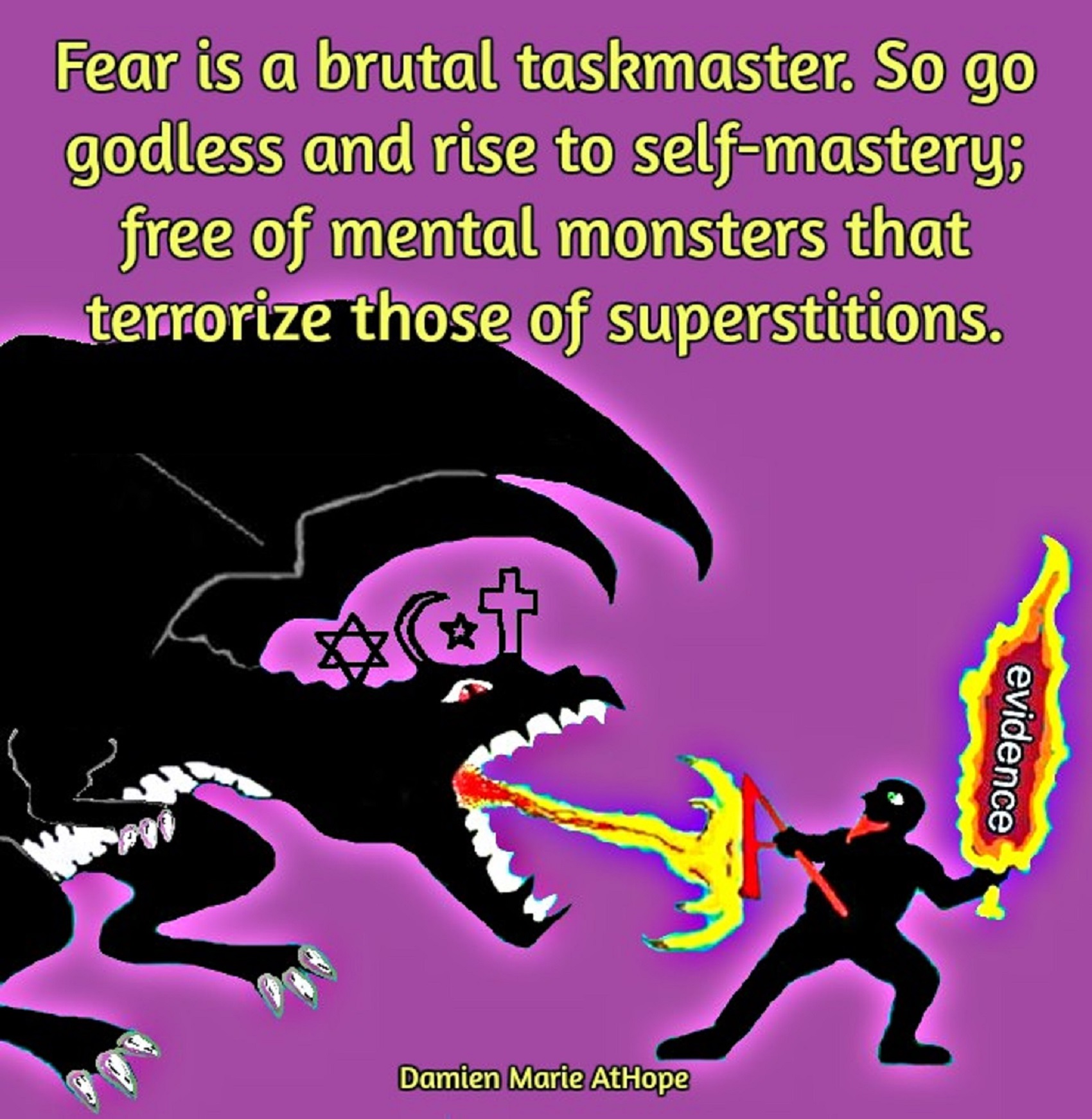
Nothing is a justified true belief without valid or reliable reason and evidence; just as everything believed must be open to question, leaving nothing above challenge.
Soundness: “In logic, more precisely in deductive reasoning, an argument is sound if it is both valid in form and its premises are true. Soundness also has a related meaning in mathematical logic, wherein logical systems are sound if and only if every formula that can be proved in the system is logically valid with respect to the semantics of the system. In deductive reasoning, a sound argument is an argument that is both valid, and all of whose premises are true (and as a consequence its conclusion is true as well). An argument is valid if, assuming its premises are true, the conclusion must be true.” ref
Strong soundness: “Strong soundness of a deductive system is the property that any sentence P of the language upon which the deductive system is based that is derivable from a set Γ of sentences of that language is also a logical consequence of that set, in the sense that any model that makes all members of Γ true will also make P true. In symbols where Γ is a set of sentences of L: if Γ ⊢S P, then also Γ ⊨L P. Notice that in the statement of strong soundness, when Γ is empty, we have the statement of weak soundness.” ref
Pragmatic theory of truth, Coherence theory of truth, and Correspondence theory of truth
The Way of a Sound Thinker? Sound thinking to me, in a general way, is thinking, reasoning, or belief that tends to make foresight a desire to be as accurate as one can with valid and reliable reason and evidence.
In a general way, all reality, in a philosophic sense, is an emergent property of reason, and knowing how reason accrues does not remove its warrant. Feelings are experienced then perceived, leading to thinking, right thinking is reason, right reason is logic, right logic is mathematics, right mathematics is physics and from there all science.
I do anarchist teaching of prehistory, in that I don’t just make a blog, expecting people to come to me. No, I take all my knowledge and like a gorilla soldier, I force-feed to the world my knowledge, one piece at a time, that is just what is needed. So, I heed that call and teach in public…
Do good, make no excuses, just do good, the world desperately needs more of this, and if we all do more, we all win. We rise by helping each other. I am an autodidactic-polymath in many subjects and a genus in both IQ intelligence as well as EQ emotional intelligence, quite rare. Yet I am ignored? Most disregard my ideas, I don’t think so, or is it due to my blogs that are so long they are like small free books, scary right?
I like learning prehistory!
I also hate:
“Pseudo-science, Pseudo-history, and Pseudo-morality.”
So yeah, history is fun, but one must weed through the sometimes added mythology, half-truths, or outright lies. This is even more important when reading religion-related information.
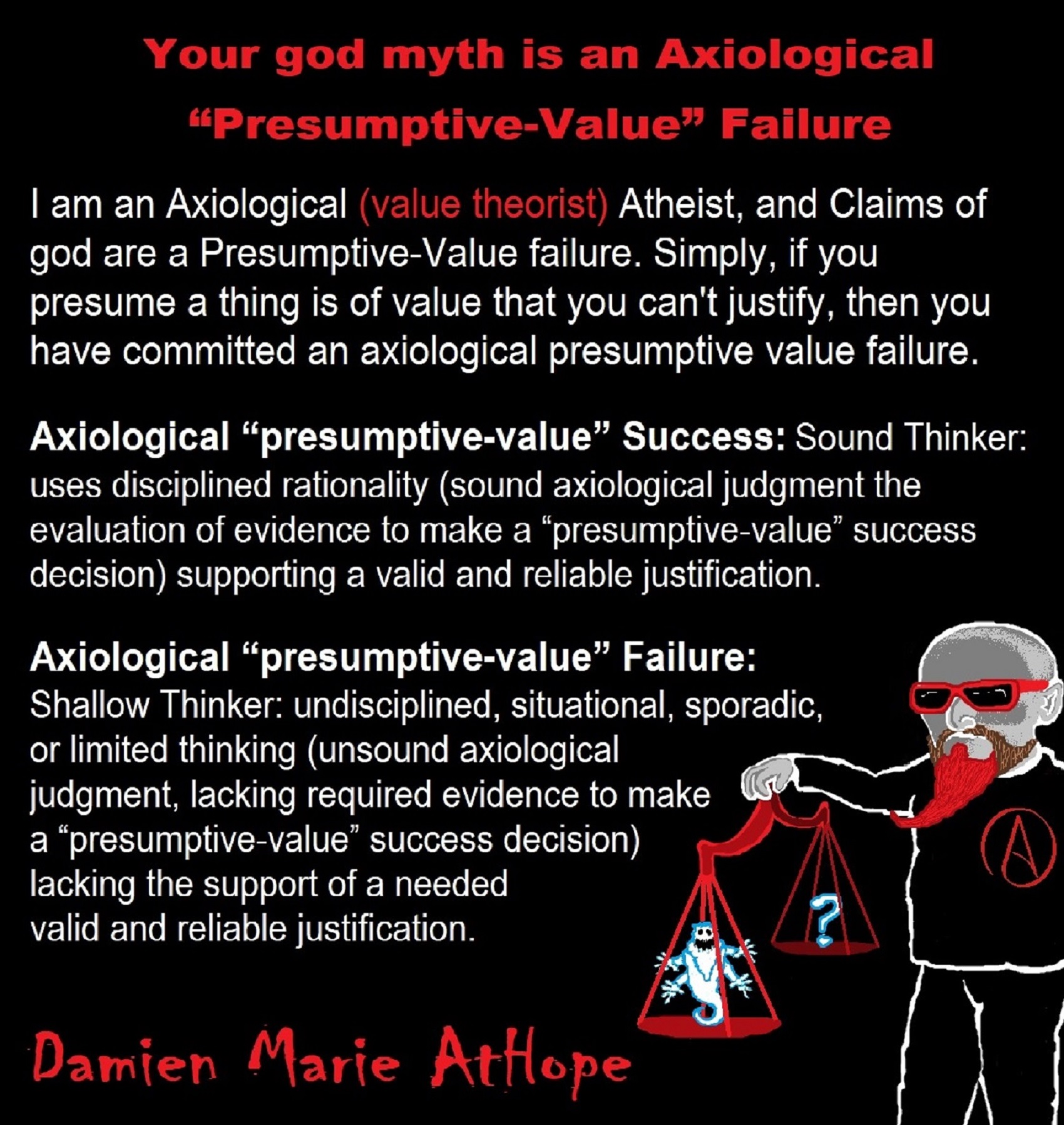
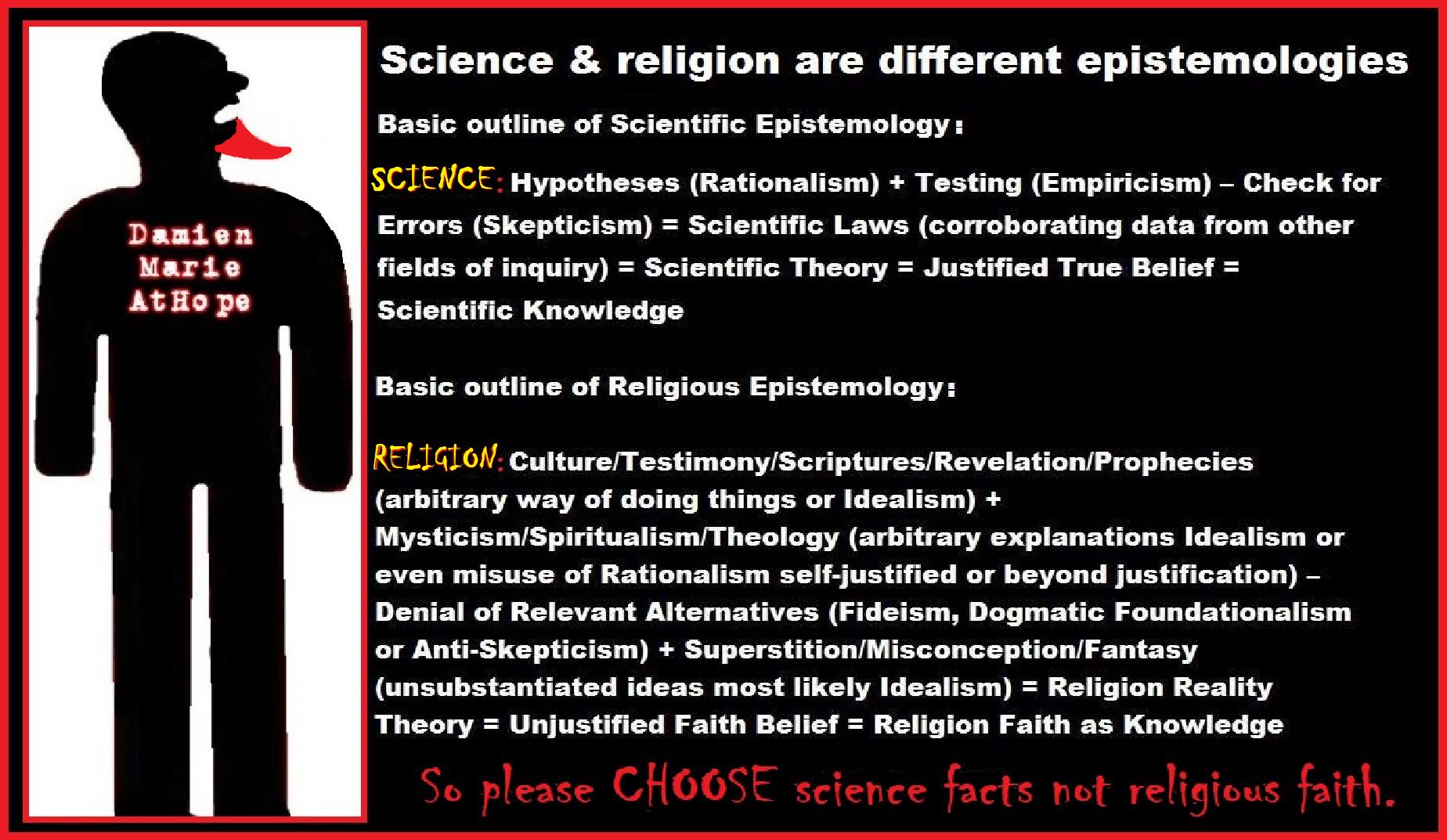
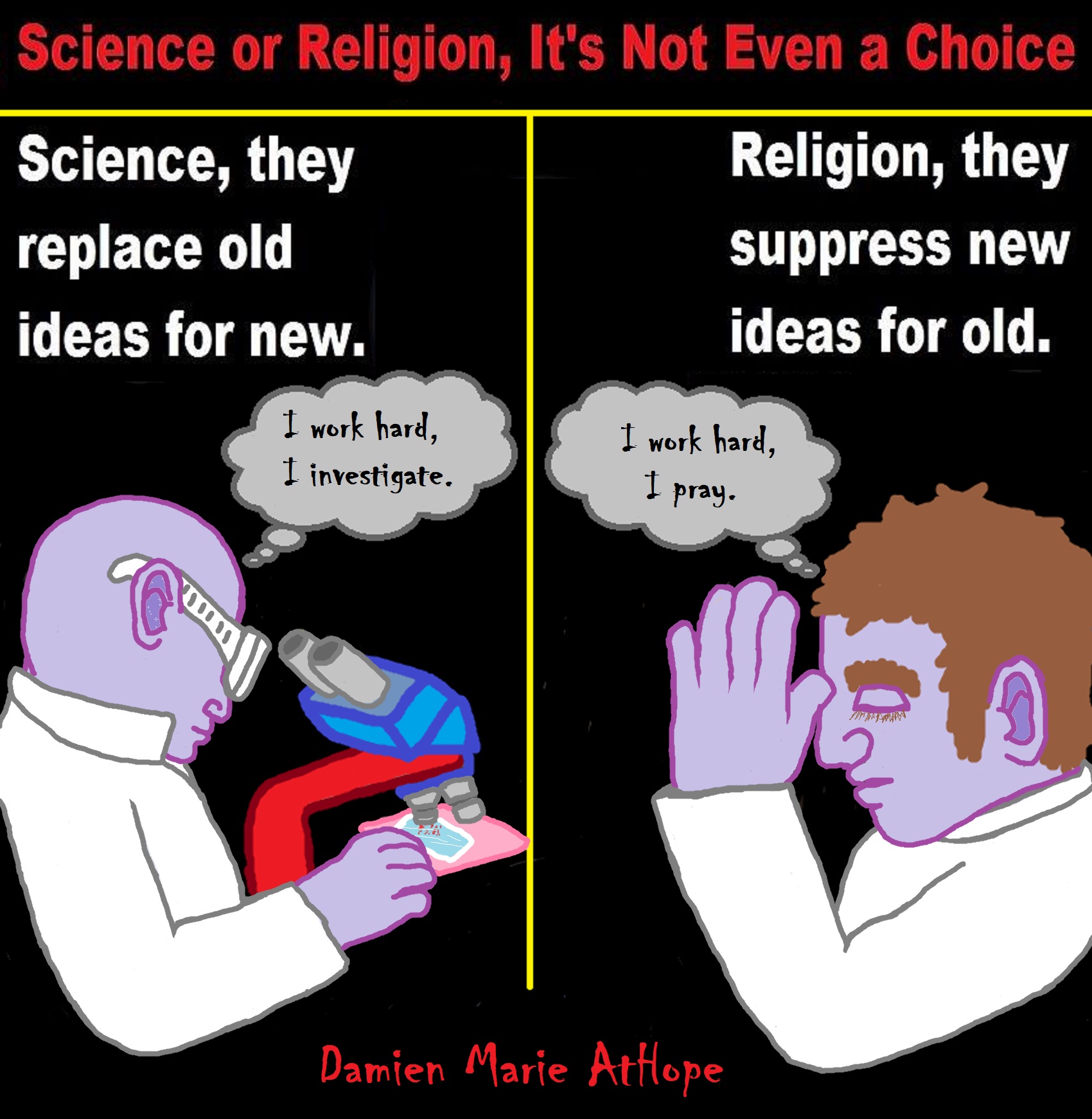

People don’t commonly teach religious history, even that of their own claimed religion. No, rather they teach a limited “pro their religion” history of their religion from a religious perspective favorable to the religion of choice.

Do you truly think “Religious Belief” is only a matter of some personal choice?
Do you not see how coercive one’s world of choice is limited to the obvious hereditary belief, in most religious choices available to the child of religious parents or caregivers? Religion is more commonly like a family, culture, society, etc. available belief that limits the belief choices of the child and that is when “Religious Belief” is not only a matter of some personal choice and when it becomes hereditary faith, not because of the quality of its alleged facts or proposed truths but because everyone else important to the child believes similarly so they do as well simply mimicking authority beliefs handed to them. Because children are raised in religion rather than being presented all possible choices but rather one limited dogmatic brand of “Religious Belief” where children only have a choice of following the belief as instructed, and then personally claim the faith hereditary belief seen in the confirming to the belief they have held themselves all their lives. This is obvious in statements asked and answered by children claiming a faith they barely understand but they do understand that their family believes “this or that” faith, so they feel obligated to believe it too. While I do agree that “Religious Belief” should only be a matter of some personal choice, it rarely is… End Hereditary Religion!
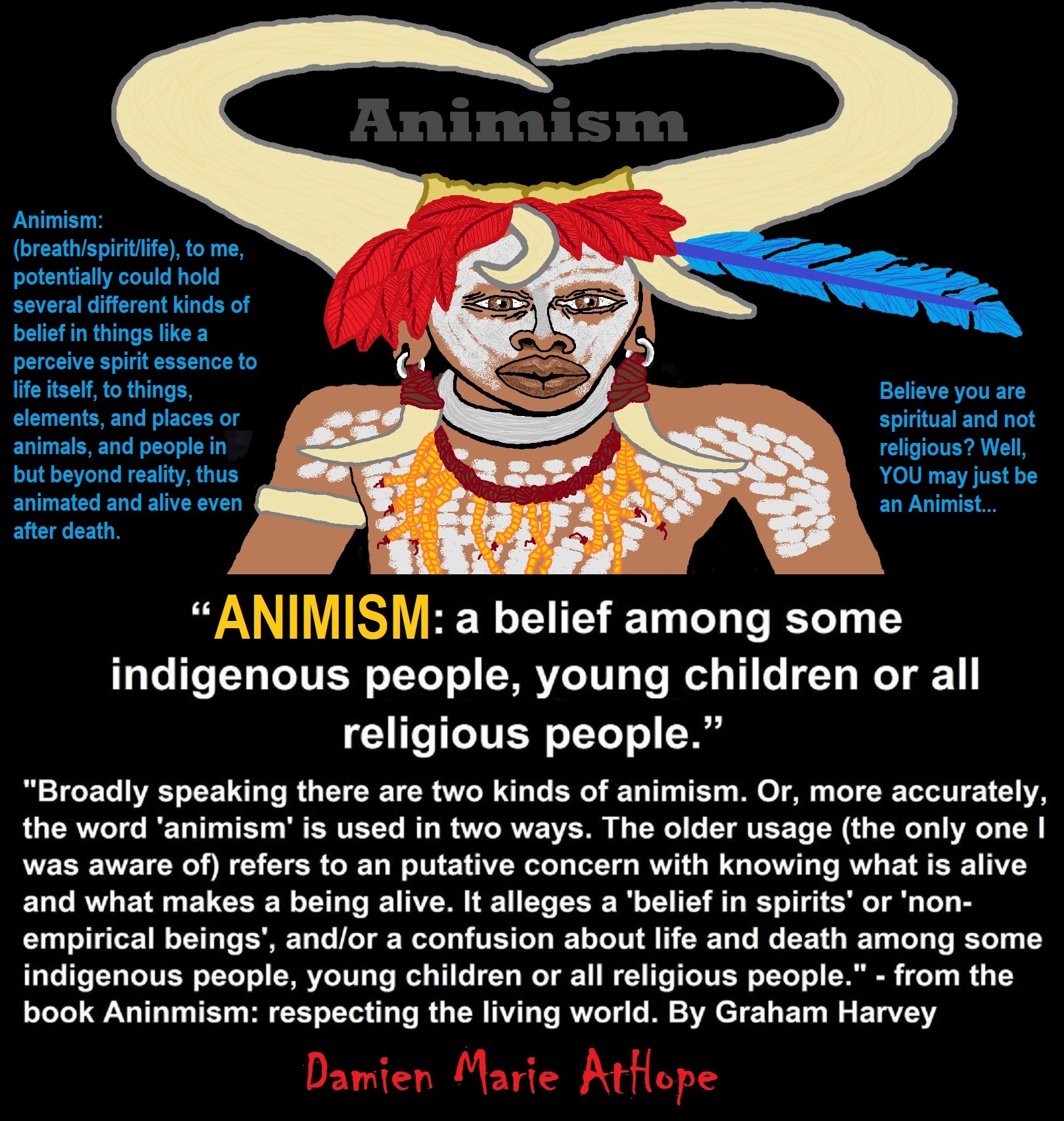
Animism: Respecting the Living World by Graham Harvey
“How have human cultures engaged with and thought about animals, plants, rocks, clouds, and other elements in their natural surroundings? Do animals and other natural objects have a spirit or soul? What is their relationship to humans? In this new study, Graham Harvey explores current and past animistic beliefs and practices of Native Americans, Maori, Aboriginal Australians, and eco-pagans. He considers the varieties of animism found in these cultures as well as their shared desire to live respectfully within larger natural communities. Drawing on his extensive casework, Harvey also considers the linguistic, performative, ecological, and activist implications of these different animisms.” ref
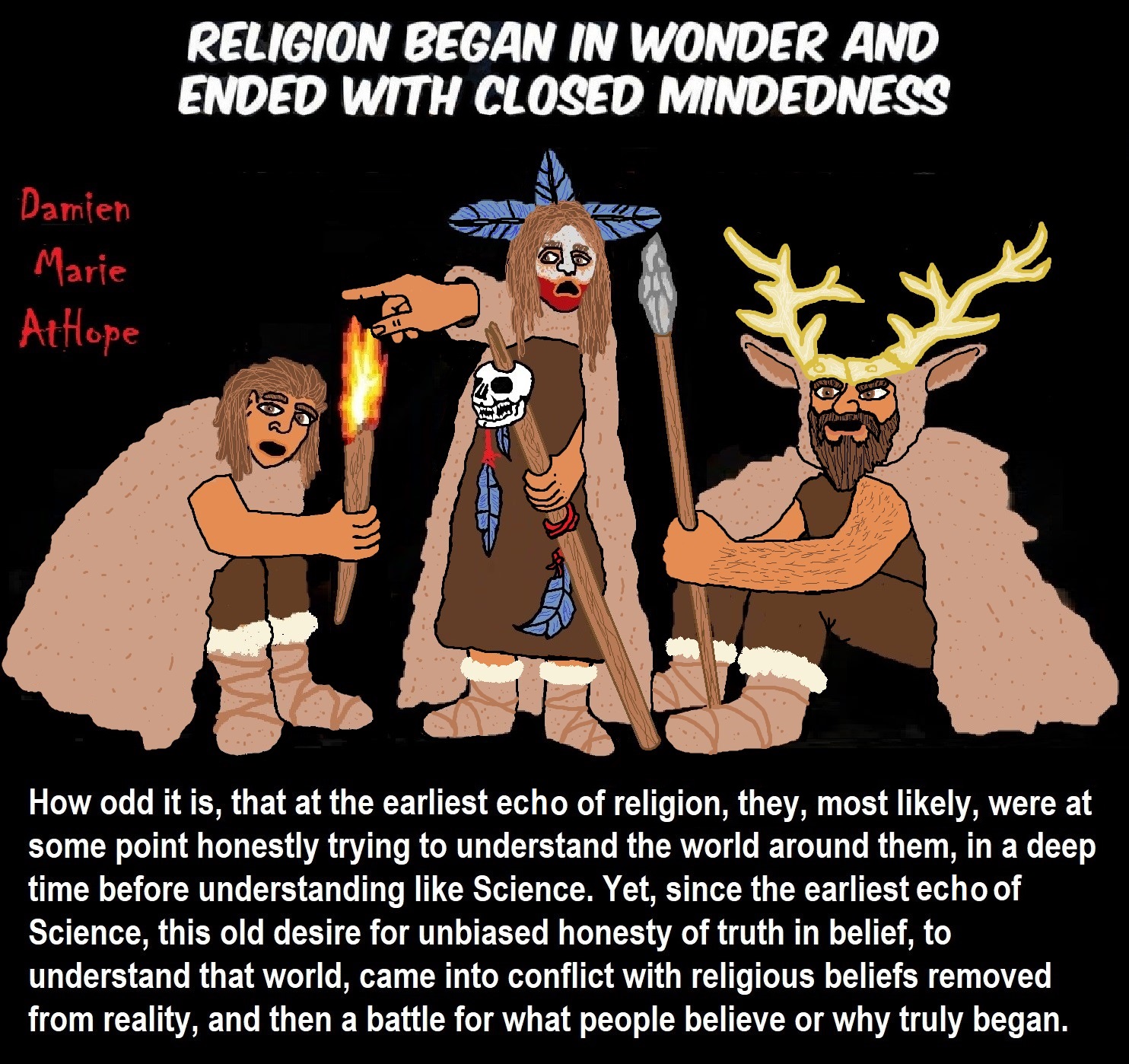
We are like believing machines we vacuum up ideas, like Velcro sticks to almost everything. We accumulate beliefs that we allow to negatively influence our lives, often without realizing it. Our willingness must be to alter skewed beliefs that impend our balance or reason, which allows us to achieve new positive thinking and accurate outcomes.

My thoughts on Religion Evolution with external links for more info:
- (Pre-Animism Africa mainly, but also Europe, and Asia at least 300,000 years ago), (Pre-Animism – Oxford Dictionaries)
- (Animism Africa around 100,000 years ago), (Animism – Britannica.com)
- (Totemism Europe around 50,000 years ago), (Totemism – Anthropology)
- (Shamanism Siberia around 30,000 years ago), (Shamanism – Britannica.com)
- (Paganism Turkey around 12,000 years ago), (Paganism – BBC Religion)
- (Progressed Organized Religion “Institutional Religion” Egypt around 5,000 years ago), (Ancient Egyptian Religion – Britannica.com)
- (CURRENT “World” RELIGIONS after 4,000 years ago) (Origin of Major Religions – Sacred Texts)
- (Early Atheistic Doubting at least by 2,600 years ago) (History of Atheism – Wikipedia)
“Religion is an Evolved Product” and Yes, Religion is Like Fear Given Wings…
Atheists talk about gods and religions for the same reason doctors talk about cancer, they are looking for a cure, or a firefighter talks about fires because they burn people and they care to stop them. We atheists too often feel a need to help the victims of mental slavery, held in the bondage that is the false beliefs of gods and the conspiracy theories of reality found in religions.
Understanding Religion Evolution:
- Pre-Animism (at least 300,000 years ago)
- Animism (Africa: 100,000 years ago)
- Totemism (Europe: 50,000 years ago)
- Shamanism (Siberia: 30,000 years ago)
- Paganism (Turkey: 12,000 years ago)
- Progressed organized religion (Egypt: 5,000 years ago), (Egypt, the First Dynasty 5,150 years ago)
- CURRENT “World” RELIGIONS (after 4,000 years ago)
- Early Atheistic Doubting (at least by 2,600 years ago)
“An Archaeological/Anthropological Understanding of Religion Evolution”
It seems ancient peoples had to survived amazing threats in a “dangerous universe (by superstition perceived as good and evil),” and human “immorality or imperfection of the soul” which was thought to affect the still living, leading to ancestor worship. This ancestor worship presumably led to the belief in supernatural beings, and then some of these were turned into the belief in gods. This feeble myth called gods were just a human conceived “made from nothing into something over and over, changing, again and again, taking on more as they evolve, all the while they are thought to be special,” but it is just supernatural animistic spirit-belief perceived as sacred.
Quick Evolution of Religion?
Pre-Animism (at least 300,000 years ago) pre-religion is a beginning that evolves into later Animism. So, Religion as we think of it, to me, all starts in a general way with Animism (Africa: 100,000 years ago) (theoretical belief in supernatural powers/spirits), then this is physically expressed in or with Totemism (Europe: 50,000 years ago) (theoretical belief in mythical relationship with powers/spirits through a totem item), which then enlists a full-time specific person to do this worship and believed interacting Shamanism (Siberia/Russia: 30,000 years ago) (theoretical belief in access and influence with spirits through ritual), and then there is the further employment of myths and gods added to all the above giving you Paganism (Turkey: 12,000 years ago) (often a lot more nature-based than most current top world religions, thus hinting to their close link to more ancient religious thinking it stems from). My hypothesis is expressed with an explanation of the building of a theatrical house (modern religions development). Progressed organized religion (Egypt: 5,000 years ago) with CURRENT “World” RELIGIONS (after 4,000 years ago).
Historically, in large city-state societies (such as Egypt or Iraq) starting around 5,000 years ago culminated to make religion something kind of new, a sociocultural-governmental-religious monarchy, where all or at least many of the people of such large city-state societies seem familiar with and committed to the existence of “religion” as the integrated life identity package of control dynamics with a fixed closed magical doctrine, but this juggernaut integrated religion identity package of Dogmatic-Propaganda certainly did not exist or if developed to an extent it was highly limited in most smaller prehistoric societies as they seem to lack most of the strong control dynamics with a fixed closed magical doctrine (magical beliefs could be at times be added or removed). Many people just want to see developed religious dynamics everywhere even if it is not. Instead, all that is found is largely fragments until the domestication of religion.
Religions, as we think of them today, are a new fad, even if they go back to around 6,000 years in the timeline of human existence, this amounts to almost nothing when seen in the long slow evolution of religion at least around 70,000 years ago with one of the oldest ritual worship. Stone Snake of South Africa: “first human worship” 70,000 years ago. This message of how religion and gods among them are clearly a man-made thing that was developed slowly as it was invented and then implemented peace by peace discrediting them all. Which seems to be a simple point some are just not grasping how devastating to any claims of truth when we can see the lie clearly in the archeological sites.
I wish people fought as hard for the actual values as they fight for the group/clan names political or otherwise they think support values. Every amount spent on war is theft to children in need of food or the homeless kept from shelter.
Here are several of my blog posts on history:
- To Find Truth You Must First Look
- (Magdalenian/Iberomaurusian) Connections to the First Paganists of the early Neolithic Near East Dating from around 17,000 to 12,000 Years Ago
- Natufians: an Ancient People at the Origins of Agriculture and Sedentary Life
- Possible Clan Leader/Special “MALE” Ancestor Totem Poles At Least 13,500 years ago?
- Jewish People with DNA at least 13,200 years old, Judaism, and the Origins of Some of its Ideas
- Baltic Reindeer Hunters: Swiderian, Lyngby, Ahrensburgian, and Krasnosillya cultures 12,020 to 11,020 years ago are evidence of powerful migratory waves during the last 13,000 years and a genetic link to Saami and the Finno-Ugric peoples.
- The Rise of Inequality: patriarchy and state hierarchy inequality
- Fertile Crescent 12,500 – 9,500 Years Ago: fertility and death cult belief system?
- 12,400 – 11,700 Years Ago – Kortik Tepe (Turkey) Pre/early-Agriculture Cultic Ritualism
- Ritualistic Bird Symbolism at Gobekli Tepe and its “Ancestor Cult”
- Male-Homosexual (female-like) / Trans-woman (female) Seated Figurine from Gobekli Tepe
- Could a 12,000-year-old Bull Geoglyph at Göbekli Tepe relate to older Bull and Female Art 25,000 years ago and Later Goddess and the Bull cults like Catal Huyuk?
- Sedentism and the Creation of goddesses around 12,000 years ago as well as male gods after 7,000 years ago.
- Alcohol, where Agriculture and Religion Become one? Such as Gobekli Tepe’s Ritualistic use of Grain as Food and Ritual Drink
- Neolithic Ritual Sites with T-Pillars and other Cultic Pillars
- Paganism: Goddesses around 12,000 years ago then Male Gods after 7,000 years ago
- First Patriarchy: Split of Women’s Status around 12,000 years ago & First Hierarchy: fall of Women’s Status around 5,000 years ago.
- Natufians: an Ancient People at the Origins of Agriculture and Sedentary Life
- J DNA and the Spread of Agricultural Religion (paganism)
- Paganism: an approximately 12,000-year-old belief system
- Paganism 12,000 years old: related to “Anarchism and Socialism” (Pre-Capitalism)
- Shaman burial in Israel 12,000 years ago and the Shamanism Phenomena
- Need to Mythicized: gods and goddesses
- 12,000 – 7,000 Years Ago – Paleo-Indian Culture (The Americas)
- 12,000 – 2,000 Years Ago – Indigenous-Scandinavians (Nordic)
- Norse did not wear helmets with horns?
- Pre-Pottery Neolithic Skull Cult around 11,500 to 8,400 Years Ago?
- 10,400 – 10,100 Years Ago, in Turkey the Nevail Cori Religious Settlement
- 9,000-6,500 Years Old Submerged Pre-Pottery/Pottery Neolithic Ritual Settlements off Israel’s Coast
- Catal Huyuk “first religious designed city” around 9,500 to 7,700 years ago (Turkey)
- Cultic Hunting at Catal Huyuk “first religious designed city”
- Special Items and Art as well as Special Elite Burials at Catal Huyuk
- New Rituals and Violence with the appearance of Pottery and People?
- Haplogroup N and its related Uralic Languages and Cultures
- Ainu people, Sámi people, Native Americans, the Ancient North Eurasians, and Paganistic-Shamanism with Totemism
- Ideas, Technology and People from Turkey, Europe, to China and Back again 9,000 to 5,000 years ago?
- First Pottery of Europe and the Related Cultures
- 9,000 years old Neolithic Artifacts Judean Desert and Hills Israel
- 9,000-7,000 years-old Sex and Death Rituals: Cult Sites in Israel, Jordan, and the Sinai
- 9,000-8500 year old Horned Female shaman Bad Dürrenberg Germany
- Neolithic Jewelry and the Spread of Farming in Europe Emerging out of West Turkey
- 8,600-year-old Tortoise Shells in Neolithic graves in central China have Early Writing and Shamanism
- Swing of the Mace: the rise of Elite, Forced Authority, and Inequality begin to Emerge 8,500 years ago?
- Migrations and Changing Europeans Beginning around 8,000 Years Ago
- My “Steppe-Anatolian-Kurgan hypothesis” 8,000/7,000 years ago
- Around 8,000-year-old Shared Idea of the Mistress of Animals, “Ritual” Motif
- Pre-Columbian Red-Paint (red ochre) Maritime Archaic Culture 8,000-3,000 years ago
- 7,522-6,522 years ago Linear Pottery culture which I think relates to Arcane Capitalism’s origins
- Arcane Capitalism: Primitive socialism, Primitive capital, Private ownership, Means of production, Market capitalism, Class discrimination, and Petite bourgeoisie (smaller capitalists)
- 7,500-4,750 years old Ritualistic Cucuteni-Trypillian culture of Moldova, Romania, and Ukraine
- Roots of a changing early society 7,200-6,700 years ago Jordan and Israel
- Agriculture religion (Paganism) with farming reached Britain between about 7,000 to 6,500 or so years ago and seemingly expressed in things like Western Europe’s Long Barrows
- My Thoughts on Possible Migrations of “R” DNA and Proto-Indo-European?
- “Millet” Spreading from China 7,022 years ago to Europe and related Language may have Spread with it leading to Proto-Indo-European
- Proto-Indo-European (PIE), ancestor of Indo-European languages: DNA, Society, Language, and Mythology
- The Dnieper–Donets culture and Asian varieties of Millet from China to the Black Sea region of Europe by 7,022 years ago
- Kurgan 6,000 years ago/dolmens 7,000 years ago: funeral, ritual, and other?
- 7,020 to 6,020-year-old Proto-Indo-European Homeland of Urheimat or proposed home of their Language and Religion
- Ancient Megaliths: Kurgan, Ziggurat, Pyramid, Menhir, Trilithon, Dolman, Kromlech, and Kromlech of Trilithons
- The Mytheme of Ancient North Eurasian Sacred-Dog belief and similar motifs are found in Indo-European, Native American, and Siberian comparative mythology
- Elite Power Accumulation: Ancient Trade, Tokens, Writing, Wealth, Merchants, and Priest-Kings
- Sacred Mounds, Mountains, Kurgans, and Pyramids may hold deep connections?
- Between 7,000-5,000 Years ago, rise of unequal hierarchy elite, leading to a “birth of the State” or worship of power, strong new sexism, oppression of non-elites, and the fall of Women’s equal status
- Paganism 7,000-5,000 years old: related to “Anarchism and Socialism” (Capitalism) (World War 0) Elite & their slaves
- Hell and Underworld mythologies starting maybe as far back as 7,000 to 5,000 years ago with the Proto-Indo-Europeans?
- The First Expression of the Male God around 7,000 years ago?
- White (light complexion skin) Bigotry and Sexism started 7,000 years ago?
- Around 7,000-year-old Shared Idea of the Divine Bird (Tutelary and/or Trickster spirit/deity), “Ritual” Motif
- Nekhbet an Ancient Egyptian Vulture Goddess and Tutelary Deity
- 6,720 to 4,920 years old Ritualistic Hongshan Culture of Inner Mongolia with 5,000-year-old Pyramid Mounds and Temples
- First proto-king in the Balkans, Varna culture around 6,500 years ago?
- 6,500–5,800 years ago in Israel Late Chalcolithic (Copper Age) Period in the Southern Levant Seems to Express Northern Levant Migrations, Cultural and Religious Transfer
- KING OF BEASTS: Master of Animals “Ritual” Motif, around 6,000 years old or older…
- Around 6000-year-old Shared Idea of the Solid Wheel & the Spoked Wheel-Shaped Ritual Motif
- “The Ghassulian Star,” a mysterious 6,000-year-old mural from Jordan; a Proto-Star of Ishtar, Star of Inanna or Star of Venus?
- Religious/Ritual Ideas, including goddesses and gods as well as ritual mounds or pyramids from Northeastern Asia at least 6,000 years old, seemingly filtering to Iran, Iraq, the Mediterranean, Europe, Egypt, and the Americas?
- Maykop (5,720–5,020 years ago) Caucasus region Bronze Age culture-related to Copper Age farmers from the south, influenced by the Ubaid period and Leyla-Tepe culture, as well as influencing the Kura-Araxes culture
- 5-600-year-old Tomb, Mummy, and First Bearded Male Figurine in a Grave
- Kura-Araxes Cultural 5,520 to 4,470 years old DNA traces to the Canaanites, Arabs, and Jews
- Minoan/Cretan (Keftiu) Civilization and Religion around 5,520 to 3,120 years ago
- Evolution Of Science at least by 5,500 years ago
- 5,500 Years old birth of the State, the rise of Hierarchy, and the fall of Women’s status
- “Jiroft culture” 5,100 – 4,200 years ago and the History of Iran
- Stonehenge: Paganistic Burial and Astrological Ritual Complex, England (5,100-3,600 years ago)
- Around 5,000-year-old Shared Idea of the “Tree of Life” Ritual Motif
- Complex rituals for elite, seen from China to Egypt, at least by 5,000 years ago
- Around 5,000 years ago: “Birth of the State” where Religion gets Military Power and Influence
- The Center of the World “Axis Mundi” and/or “Sacred Mountains” Mythology Could Relate to the Altai Mountains, Heart of the Steppe
- Progressed organized religion starts, an approximately 5,000-year-old belief system
- China’s Civilization between 5,000-3,000 years ago, was a time of war and class struggle, violent transition from free clans to a Slave or Elite society
- Origin of Logics is Naturalistic Observation at least by around 5,000 years ago.
- Paganism 5,000 years old: progressed organized religion and the state: related to “Anarchism and Socialism” (Kings and the Rise of the State)
- Ziggurats (multi-platform temples: 4,900 years old) to Pyramids (multi-platform tombs: 4,700 years old)
- Did a 4,520–4,420-year-old Volcano In Turkey Inspire the Bible God?
- Finland’s Horned Shaman and Pre-Horned-God at least 4,500 years ago?
- 4,000-year-Old Dolmens in Israel: A Connected Dolmen Religious Phenomenon?
- Creation myths: From chaos, Ex nihilo, Earth-diver, Emergence, World egg, and World parent
- Bronze Age “Ritual” connections of the Bell Beaker culture with the Corded Ware/Single Grave culture, which were related to the Yamnaya culture and Proto-Indo-European Languages/Religions
- Low Gods (Earth/ Tutelary deity), High Gods (Sky/Supreme deity), and Moralistic Gods (Deity enforcement/divine order)
- The exchange of people, ideas, and material-culture including, to me, the new god (Sky Father) and goddess (Earth Mother) religion between the Cucuteni-Trypillians and others which is then spread far and wide
- Koryaks: Indigenous People of the Russian Far East and Big Raven myths also found in Tlingit, Haida, Tsimshian, and other Indigenous People of North America
- 42 Principles Of Maat (Egyptian Goddess of the justice) around 4,400 years ago, 2000 Years Before Ten Commandments
- “Happy Easter” Well Happy Eostre/Ishter
- 4,320-3,820 years old “Shimao” (North China) site with Totemistic-Shamanistic Paganism and a Stepped Pyramid
- 4,250 to 3,400 Year old Stonehenge from Russia: Arkaim?
- 4,100-year-old beaker with medicinal & flowering plants in a grave of a woman in Scotland
- Early European Farmer ancestry, Kelif el Boroud people with the Cardial Ware culture, and the Bell Beaker culture Paganists too, spread into North Africa, then to the Canary Islands off West Africa
- Flood Accounts: Gilgamesh epic (4,100 years ago) Noah in Genesis (2,600 years ago)
- Paganism 4,000 years old: related to “Anarchism and Socialism” (First Moralistic gods, then the Origin time of Monotheism)
- When was the beginning: TIMELINE OF CURRENT RELIGIONS, which start around 4,000 years ago.
- Early Religions Thought to Express Proto-Monotheistic Systems around 4,000 years ago
- Kultepe? An archaeological site with a 4,000 years old women’s rights document.
- Single God Religions (Monotheism) = “Man-o-theism” started around 4,000 years ago with the Great Sky Spirit/God Tiān (天)?
- Confucianism’s Tiān (Shangdi god 4,000 years old): Supernaturalism, Pantheism or Theism?
- Yes, Your Male God is Ridiculous
- Mythology, a Lunar Deity is a Goddess or God of the Moon
- Sacred Land, Hills, and Mountains: Sami Mythology (Paganistic Shamanism)
- Horse Worship/Sacrifice: mythical union of Ruling Elite/Kingship and the Horse
- The Amorite/Amurru people’s God Amurru “Lord of the Steppe”, relates to the Origins of the Bible God?
- Bronze Age Exotic Trade Routes Spread Quite Far as well as Spread Religious Ideas with Them
- Sami and the Northern Indigenous Peoples Landscape, Language, and its Connection to Religion
- Prototype of Ancient Analemmatic Sundials around 3,900-3,150 years ago and a Possible Solar Connection to gods?
- Judaism is around 3,450 or 3,250 years old. (“Paleo-Hebrew” 3,000 years ago and Torah 2,500 years ago)
- The Weakening of Ancient Trade and the Strengthening of Religions around 3000 years ago?
- Are you aware that there are religions that worship women gods, explain now religion tears women down?
- Animistic, Totemistic, and Paganistic Superstition Origins of bible god and the bible’s Religion.
- Myths and Folklore: “Trickster gods and goddesses”
- Jews, Judaism, and the Origins of Some of its Ideas
- An Old Branch of Religion Still Giving Fruit: Sacred Trees
- Dating the BIBLE: naming names and telling times (written less than 3,000 years ago, provable to 2,200 years ago)
- Did a Volcano Inspire the bible god?
- Dené–Yeniseian language, Old Copper Complex, and Pre-Columbian Mound Builders?
- No “dinosaurs and humans didn’t exist together just because some think they are in the bible itself”
- Sacred Shit and Sacred Animals?
- Everyone Killed in the Bible Flood? “Nephilim” (giants)?
- Hey, Damien dude, I have a question for you regarding “the bible” Exodus.
- Archaeology Disproves the Bible
- Bible Battle, Just More, Bible Babble
- The Jericho Conquest lie?
- Canaanites and Israelites?
- Accurate Account on how did Christianity Began?
- Let’s talk about Christianity.
- So the 10 commandments isn’t anything to go by either right?
- Misinformed christian
- Debunking Jesus?
- Paulism vs Jesus
- Ok, you seem confused so let’s talk about Buddhism.
- Unacknowledged Buddhism: Gods, Savior, Demons, Rebirth, Heavens, Hells, and Terrorism
- His Foolishness The Dalai Lama
- Yin and Yang is sexist with an ORIGIN around 2,300 years ago?
- I Believe Archaeology, not Myths & Why Not, as the Religious Myths Already Violate Reason!
- Archaeological, Scientific, & Philosophic evidence shows the god myth is man-made nonsense.
- Aquatic Ape Theory/Hypothesis? As Always, Just Pseudoscience.
- Ancient Aliens Conspiracy Theorists are Pseudohistorians
- The Pseudohistoric and Pseudoscientific claims about “Bakoni Ruins” of South Africa
- Why do people think Religion is much more than supernaturalism and superstitionism?
- Religion is an Evolved Product
- Was the Value of Ancient Women Different?
- 1000 to 1100 CE, human sacrifice Cahokia Mounds a pre-Columbian Native American site
- Feminist atheists as far back as the 1800s?
- Promoting Religion as Real is Mentally Harmful to a Flourishing Humanity
- Screw All Religions and Their Toxic lies, they are all fraud
- Forget Religions’ Unfounded Myths, I Have Substantiated “Archaeology Facts.”
- Religion Dispersal throughout the World
- I Hate Religion Just as I Hate all Pseudoscience
- Exposing Scientology, Eckankar, Wicca and Other Nonsense?
- Main deity or religious belief systems
- Quit Trying to Invent Your God From the Scraps of Science.
- Archaeological, Scientific, & Philosophic evidence shows the god myth is man-made nonsense.
- Ancient Alien Conspiracy Theorists: Misunderstanding, Rhetoric, Misinformation, Fabrications, and Lies
- Misinformation, Distortion, and Pseudoscience in Talking with a Christian Creationist
- Judging the Lack of Goodness in Gods, Even the Norse God Odin
- Challenging the Belief in God-like Aliens and Gods in General
- A Challenge to Christian use of Torture Devices?
- Yes, Hinduism is a Religion
- Trump is One of the Most Reactionary Forces of Far-right Christian Extremism
- Was the Bull Head a Symbol of God? Yes!
- Primate Death Rituals
- Christian – “God and Christianity are objectively true”
- Australopithecus afarensis Death Ritual?
- You Claim Global Warming is a Hoax?
- Doubter of Science and Defamer of Atheists?
- I think that sounds like the Bible?
- History of the Antifa (“anti-fascist”) Movements
- Indianapolis Anti-Blasphemy Laws #Free Soheil Rally
- Damien, you repeat the golden rule in so many forms then you say religion is dogmatic?
- Science is a Trustable Methodology whereas Faith is not Trustable at all!
- Was I ever a believer, before I was an atheist?
- Atheists rise in reason
- Mistrust of science?
- Open to Talking About the Definition of ‘God’? But first, we address Faith.
- ‘United Monarchy’ full of splendor and power – Saul, David, and Solomon? Most likely not.
- Is there EXODUS ARCHAEOLOGY? The short answer is “no.”
- Lacking Proof of Bigfoots, Unicorns, and Gods is Just a Lack of Research?
- Religion and Politics: Faith Beliefs vs. Rational Thinking
- Hammer of Truth that lying pig RELIGION: challenged by an archaeologist
- “The Hammer of Truth” -ontology question- What do You Mean by That?
- Navigation of a bad argument: Ad Hominem vs. Attack
- Why is it Often Claimed that Gods have a Gender?
- Why are basically all monotheistic religions ones that have a male god?
- Shifting through the Claims in support of Faith
- Dear Mr. AtHope, The 20th Century is an Indictment of Secularism and a Failed Atheist Century
- An Understanding of the Worldwide Statistics and Dynamics of Terrorist Incidents and Suicide Attacks
- Intoxication and Evolution? Addressing and Assessing the “Stoned Ape” or “Drunken Monkey” Theories as Catalysts in Human Evolution
- Sacred Menstrual cloth? Inanna’s knot, Isis knot, and maybe Ma’at’s feather?
- Damien, why don’t the Hebrews accept the bible stories?
- Dealing with a Troll and Arguing Over Word Meaning
- Knowledge without Belief? Justified beliefs or disbeliefs worthy of Knowledge?
- Afrocentrism and African Religions
- Crecganford @crecganford offers history & stories of the people, places, gods, & culture
- Empiricism-Denier?
I am not an academic. I am a revolutionary that teaches in public, in places like social media, and in the streets. I am not a leader by some title given but from my commanding leadership style of simply to start teaching everywhere to everyone, all manner of positive education.

ref, ref, ref, ref, ref, ref, ref, ref, ref, ref, ref, ref, ref, ref, ref, ref, ref, ref, ref, ref, ref
Low Gods “Earth” or Tutelary deity and High Gods “Sky” or Supreme deity
“An Earth goddess is a deification of the Earth. Earth goddesses are often associated with the “chthonic” deities of the underworld. Ki and Ninhursag are Mesopotamian earth goddesses. In Greek mythology, the Earth is personified as Gaia, corresponding to Roman Terra, Indic Prithvi/Bhūmi, etc. traced to an “Earth Mother” complementary to the “Sky Father” in Proto-Indo-European religion. Egyptian mythology exceptionally has a sky goddess and an Earth god.” ref
“A mother goddess is a goddess who represents or is a personification of nature, motherhood, fertility, creation, destruction or who embodies the bounty of the Earth. When equated with the Earth or the natural world, such goddesses are sometimes referred to as Mother Earth or as the Earth Mother. In some religious traditions or movements, Heavenly Mother (also referred to as Mother in Heaven or Sky Mother) is the wife or feminine counterpart of the Sky father or God the Father.” ref
“Any masculine sky god is often also king of the gods, taking the position of patriarch within a pantheon. Such king gods are collectively categorized as “sky father” deities, with a polarity between sky and earth often being expressed by pairing a “sky father” god with an “earth mother” goddess (pairings of a sky mother with an earth father are less frequent). A main sky goddess is often the queen of the gods and may be an air/sky goddess in her own right, though she usually has other functions as well with “sky” not being her main. In antiquity, several sky goddesses in ancient Egypt, Mesopotamia, and the Near East were called Queen of Heaven. Neopagans often apply it with impunity to sky goddesses from other regions who were never associated with the term historically. The sky often has important religious significance. Many religions, both polytheistic and monotheistic, have deities associated with the sky.” ref
“In comparative mythology, sky father is a term for a recurring concept in polytheistic religions of a sky god who is addressed as a “father”, often the father of a pantheon and is often either a reigning or former King of the Gods. The concept of “sky father” may also be taken to include Sun gods with similar characteristics, such as Ra. The concept is complementary to an “earth mother“. “Sky Father” is a direct translation of the Vedic Dyaus Pita, etymologically descended from the same Proto-Indo-European deity name as the Greek Zeûs Pater and Roman Jupiter and Germanic Týr, Tir or Tiwaz, all of which are reflexes of the same Proto-Indo-European deity’s name, *Dyēus Ph₂tḗr. While there are numerous parallels adduced from outside of Indo-European mythology, there are exceptions (e.g. In Egyptian mythology, Nut is the sky mother and Geb is the earth father).” ref
Tutelary deity
“A tutelary (also tutelar) is a deity or spirit who is a guardian, patron, or protector of a particular place, geographic feature, person, lineage, nation, culture, or occupation. The etymology of “tutelary” expresses the concept of safety and thus of guardianship. In late Greek and Roman religion, one type of tutelary deity, the genius, functions as the personal deity or daimon of an individual from birth to death. Another form of personal tutelary spirit is the familiar spirit of European folklore.” ref
“A tutelary (also tutelar) in Korean shamanism, jangseung and sotdae were placed at the edge of villages to frighten off demons. They were also worshiped as deities. Seonangshin is the patron deity of the village in Korean tradition and was believed to embody the Seonangdang. In Philippine animism, Diwata or Lambana are deities or spirits that inhabit sacred places like mountains and mounds and serve as guardians. Such as: Maria Makiling is the deity who guards Mt. Makiling and Maria Cacao and Maria Sinukuan. In Shinto, the spirits, or kami, which give life to human bodies come from nature and return to it after death. Ancestors are therefore themselves tutelaries to be worshiped. And similarly, Native American beliefs such as Tonás, tutelary animal spirit among the Zapotec and Totems, familial or clan spirits among the Ojibwe, can be animals.” ref
“A tutelary (also tutelar) in Austronesian beliefs such as: Atua (gods and spirits of the Polynesian peoples such as the Māori or the Hawaiians), Hanitu (Bunun of Taiwan‘s term for spirit), Hyang (Kawi, Sundanese, Javanese, and Balinese Supreme Being, in ancient Java and Bali mythology and this spiritual entity, can be either divine or ancestral), Kaitiaki (New Zealand Māori term used for the concept of guardianship, for the sky, the sea, and the land), Kawas (mythology) (divided into 6 groups: gods, ancestors, souls of the living, spirits of living things, spirits of lifeless objects, and ghosts), Tiki (Māori mythology, Tiki is the first man created by either Tūmatauenga or Tāne and represents deified ancestors found in most Polynesian cultures). ” ref, ref, ref, ref, ref, ref, ref
Mesopotamian Tutelary Deities can be seen as ones related to City-States
“Historical city-states included Sumerian cities such as Uruk and Ur; Ancient Egyptian city-states, such as Thebes and Memphis; the Phoenician cities (such as Tyre and Sidon); the five Philistine city-states; the Berber city-states of the Garamantes; the city-states of ancient Greece (the poleis such as Athens, Sparta, Thebes, and Corinth); the Roman Republic (which grew from a city-state into a vast empire); the Italian city-states from the Middle Ages to the early modern period, such as Florence, Siena, Ferrara, Milan (which as they grew in power began to dominate neighboring cities) and Genoa and Venice, which became powerful thalassocracies; the Mayan and other cultures of pre-Columbian Mesoamerica (including cities such as Chichen Itza, Tikal, Copán and Monte Albán); the central Asian cities along the Silk Road; the city-states of the Swahili coast; Ragusa; states of the medieval Russian lands such as Novgorod and Pskov; and many others.” ref
“The Uruk period (ca. 4000 to 3100 BCE; also known as Protoliterate period) of Mesopotamia, named after the Sumerian city of Uruk, this period saw the emergence of urban life in Mesopotamia and the Sumerian civilization. City-States like Uruk and others had a patron tutelary City Deity along with a Priest-King.” ref
“Chinese folk religion, both past, and present, includes myriad tutelary deities. Exceptional individuals, highly cultivated sages, and prominent ancestors can be deified and honored after death. Lord Guan is the patron of military personnel and police, while Mazu is the patron of fishermen and sailors. Such as Tu Di Gong (Earth Deity) is the tutelary deity of a locality, and each individual locality has its own Earth Deity and Cheng Huang Gong (City God) is the guardian deity of an individual city, worshipped by local officials and locals since imperial times.” ref
“A tutelary (also tutelar) in Hinduism, personal tutelary deities are known as ishta-devata, while family tutelary deities are known as Kuladevata. Gramadevata are guardian deities of villages. Devas can also be seen as tutelary. Shiva is the patron of yogis and renunciants. City goddesses include: Mumbadevi (Mumbai), Sachchika (Osian); Kuladevis include: Ambika (Porwad), and Mahalakshmi. In NorthEast India Meitei mythology and religion (Sanamahism) of Manipur, there are various types of tutelary deities, among which Lam Lais are the most predominant ones. Tibetan Buddhism has Yidam as a tutelary deity. Dakini is the patron of those who seek knowledge.” ref
“A tutelary (also tutelar) The Greeks also thought deities guarded specific places: for instance, Athena was the patron goddess of the city of Athens. Socrates spoke of hearing the voice of his personal spirit or daimonion:
You have often heard me speak of an oracle or sign which comes to me … . This sign I have had ever since I was a child. The sign is a voice which comes to me and always forbids me to do something which I am going to do, but never commands me to do anything, and this is what stands in the way of my being a politician.” ref
“Tutelary deities who guard and preserve a place or a person are fundamental to ancient Roman religion. The tutelary deity of a man was his Genius, that of a woman her Juno. In the Imperial era, the Genius of the Emperor was a focus of Imperial cult. An emperor might also adopt a major deity as his personal patron or tutelary, as Augustus did Apollo. Precedents for claiming the personal protection of a deity were established in the Republican era, when for instance the Roman dictator Sulla advertised the goddess Victory as his tutelary by holding public games (ludi) in her honor.” ref
“Each town or city had one or more tutelary deities, whose protection was considered particularly vital in time of war and siege. Rome itself was protected by a goddess whose name was to be kept ritually secret on pain of death (for a supposed case, see Quintus Valerius Soranus). The Capitoline Triad of Juno, Jupiter, and Minerva were also tutelaries of Rome. The Italic towns had their own tutelary deities. Juno often had this function, as at the Latin town of Lanuvium and the Etruscan city of Veii, and was often housed in an especially grand temple on the arx (citadel) or other prominent or central location. The tutelary deity of Praeneste was Fortuna, whose oracle was renowned.” ref
“The Roman ritual of evocatio was premised on the belief that a town could be made vulnerable to military defeat if the power of its tutelary deity were diverted outside the city, perhaps by the offer of superior cult at Rome. The depiction of some goddesses such as the Magna Mater (Great Mother, or Cybele) as “tower-crowned” represents their capacity to preserve the city. A town in the provinces might adopt a deity from within the Roman religious sphere to serve as its guardian, or syncretize its own tutelary with such; for instance, a community within the civitas of the Remi in Gaul adopted Apollo as its tutelary, and at the capital of the Remi (present-day Rheims), the tutelary was Mars Camulus.” ref
Household deity (a kind of or related to a Tutelary deity)
“A household deity is a deity or spirit that protects the home, looking after the entire household or certain key members. It has been a common belief in paganism as well as in folklore across many parts of the world. Household deities fit into two types; firstly, a specific deity – typically a goddess – often referred to as a hearth goddess or domestic goddess who is associated with the home and hearth, such as the ancient Greek Hestia.” ref
“The second type of household deities are those that are not one singular deity, but a type, or species of animistic deity, who usually have lesser powers than major deities. This type was common in the religions of antiquity, such as the Lares of ancient Roman religion, the Gashin of Korean shamanism, and Cofgodas of Anglo-Saxon paganism. These survived Christianisation as fairy-like creatures existing in folklore, such as the Anglo-Scottish Brownie and Slavic Domovoy.” ref
“Household deities were usually worshipped not in temples but in the home, where they would be represented by small idols (such as the teraphim of the Bible, often translated as “household gods” in Genesis 31:19 for example), amulets, paintings, or reliefs. They could also be found on domestic objects, such as cosmetic articles in the case of Tawaret. The more prosperous houses might have a small shrine to the household god(s); the lararium served this purpose in the case of the Romans. The gods would be treated as members of the family and invited to join in meals, or be given offerings of food and drink.” ref
“In many religions, both ancient and modern, a god would preside over the home. Certain species, or types, of household deities, existed. An example of this was the Roman Lares. Many European cultures retained house spirits into the modern period. Some examples of these include:
- Brownie (Scotland and England) or Hob (England) / Kobold (Germany) / Goblin / Hobgoblin
- Domovoy (Slavic)
- Nisse (Norwegian or Danish) / Tomte (Swedish) / Tonttu (Finnish)
- Húsvættir (Norse)” ref
“Although the cosmic status of household deities was not as lofty as that of the Twelve Olympians or the Aesir, they were also jealous of their dignity and also had to be appeased with shrines and offerings, however humble. Because of their immediacy they had arguably more influence on the day-to-day affairs of men than the remote gods did. Vestiges of their worship persisted long after Christianity and other major religions extirpated nearly every trace of the major pagan pantheons. Elements of the practice can be seen even today, with Christian accretions, where statues to various saints (such as St. Francis) protect gardens and grottos. Even the gargoyles found on older churches, could be viewed as guardians partitioning a sacred space.” ref
“For centuries, Christianity fought a mop-up war against these lingering minor pagan deities, but they proved tenacious. For example, Martin Luther‘s Tischreden have numerous – quite serious – references to dealing with kobolds. Eventually, rationalism and the Industrial Revolution threatened to erase most of these minor deities, until the advent of romantic nationalism rehabilitated them and embellished them into objects of literary curiosity in the 19th century. Since the 20th century this literature has been mined for characters for role-playing games, video games, and other fantasy personae, not infrequently invested with invented traits and hierarchies somewhat different from their mythological and folkloric roots.” ref
“In contradistinction to both Herbert Spencer and Edward Burnett Tylor, who defended theories of animistic origins of ancestor worship, Émile Durkheim saw its origin in totemism. In reality, this distinction is somewhat academic, since totemism may be regarded as a particularized manifestation of animism, and something of a synthesis of the two positions was attempted by Sigmund Freud. In Freud’s Totem and Taboo, both totem and taboo are outward expressions or manifestations of the same psychological tendency, a concept which is complementary to, or which rather reconciles, the apparent conflict. Freud preferred to emphasize the psychoanalytic implications of the reification of metaphysical forces, but with particular emphasis on its familial nature. This emphasis underscores, rather than weakens, the ancestral component.” ref
“William Edward Hearn, a noted classicist, and jurist, traced the origin of domestic deities from the earliest stages as an expression of animism, a belief system thought to have existed also in the neolithic, and the forerunner of Indo-European religion. In his analysis of the Indo-European household, in Chapter II “The House Spirit”, Section 1, he states:
The belief which guided the conduct of our forefathers was … the spirit rule of dead ancestors.” ref
“In Section 2 he proceeds to elaborate:
It is thus certain that the worship of deceased ancestors is a vera causa, and not a mere hypothesis. …
In the other European nations, the Slavs, the Teutons, and the Kelts, the House Spirit appears with no less distinctness. … [T]he existence of that worship does not admit of doubt. … The House Spirits had a multitude of other names which it is needless here to enumerate, but all of which are more or less expressive of their friendly relations with man. … In [England] … [h]e is the Brownie. … In Scotland this same Brownie is well known. He is usually described as attached to particular families, with whom he has been known to reside for centuries, threshing the corn, cleaning the house, and performing similar household tasks. His favorite gratification was milk and honey.” ref

ref, ref, ref, ref, ref, ref, ref, ref, ref, ref, ref, ref, ref, ref, ref, ref, ref
“These ideas are my speculations from the evidence.”
I am still researching the “god‘s origins” all over the world. So you know, it is very complicated but I am smart and willing to look, DEEP, if necessary, which going very deep does seem to be needed here, when trying to actually understand the evolution of gods and goddesses. I am sure of a few things and less sure of others, but even in stuff I am not fully grasping I still am slowly figuring it out, to explain it to others. But as I research more I am understanding things a little better, though I am still working on understanding it all or something close and thus always figuring out more.
Sky Father/Sky God?
“Egyptian: (Nut) Sky Mother and (Geb) Earth Father” (Egypt is different but similar)
Turkic/Mongolic: (Tengri/Tenger Etseg) Sky Father and (Eje/Gazar Eej) Earth Mother *Transeurasian*
Hawaiian: (Wākea) Sky Father and (Papahānaumoku) Earth Mother *Austronesian*
New Zealand/ Māori: (Ranginui) Sky Father and (Papatūānuku) Earth Mother *Austronesian*
Proto-Indo-European: (Dyḗus/Dyḗus ph₂tḗr) Sky Father and (Dʰéǵʰōm/Pleth₂wih₁) Earth Mother
Indo-Aryan: (Dyaus Pita) Sky Father and (Prithvi Mata) Earth Mother *Indo-European*
Italic: (Jupiter) Sky Father and (Juno) Sky Mother *Indo-European*
Etruscan: (Tinia) Sky Father and (Uni) Sky Mother *Tyrsenian/Italy Pre–Indo-European*
Hellenic/Greek: (Zeus) Sky Father and (Hera) Sky Mother who started as an “Earth Goddess” *Indo-European*
Nordic: (Dagr) Sky Father and (Nótt) Sky Mother *Indo-European*
Slavic: (Perun) Sky Father and (Mokosh) Earth Mother *Indo-European*
Illyrian: (Deipaturos) Sky Father and (Messapic Damatura’s “earth-mother” maybe) Earth Mother *Indo-European*
Albanian: (Zojz) Sky Father and (?) *Indo-European*
Baltic: (Perkūnas) Sky Father and (Saulė) Sky Mother *Indo-European*
Germanic: (Týr) Sky Father and (?) *Indo-European*
Colombian-Muisca: (Bochica) Sky Father and (Huythaca) Sky Mother *Chibchan*
Aztec: (Quetzalcoatl) Sky Father and (Xochiquetzal) Sky Mother *Uto-Aztecan*
Incan: (Viracocha) Sky Father and (Mama Runtucaya) Sky Mother *Quechuan*
China: (Tian/Shangdi) Sky Father and (Dì) Earth Mother *Sino-Tibetan*
Sumerian, Assyrian and Babylonian: (An/Anu) Sky Father and (Ki) Earth Mother
Finnish: (Ukko) Sky Father and (Akka) Earth Mother *Finno-Ugric*
Sami: (Horagalles) Sky Father and (Ravdna) Earth Mother *Finno-Ugric*
Puebloan-Zuni: (Ápoyan Ta’chu) Sky Father and (Áwitelin Tsíta) Earth Mother
Puebloan-Hopi: (Tawa) Sky Father and (Kokyangwuti/Spider Woman/Grandmother) Earth Mother *Uto-Aztecan*
Puebloan-Navajo: (Tsohanoai) Sky Father and (Estsanatlehi) Earth Mother *Na-Dene*
ref, ref, ref, ref, ref, ref, ref, ref, ref, ref, ref, ref, ref, ref, ref, ref, ref, ref, ref, ref, ref, ref, ref, ref, ref, ref, ref
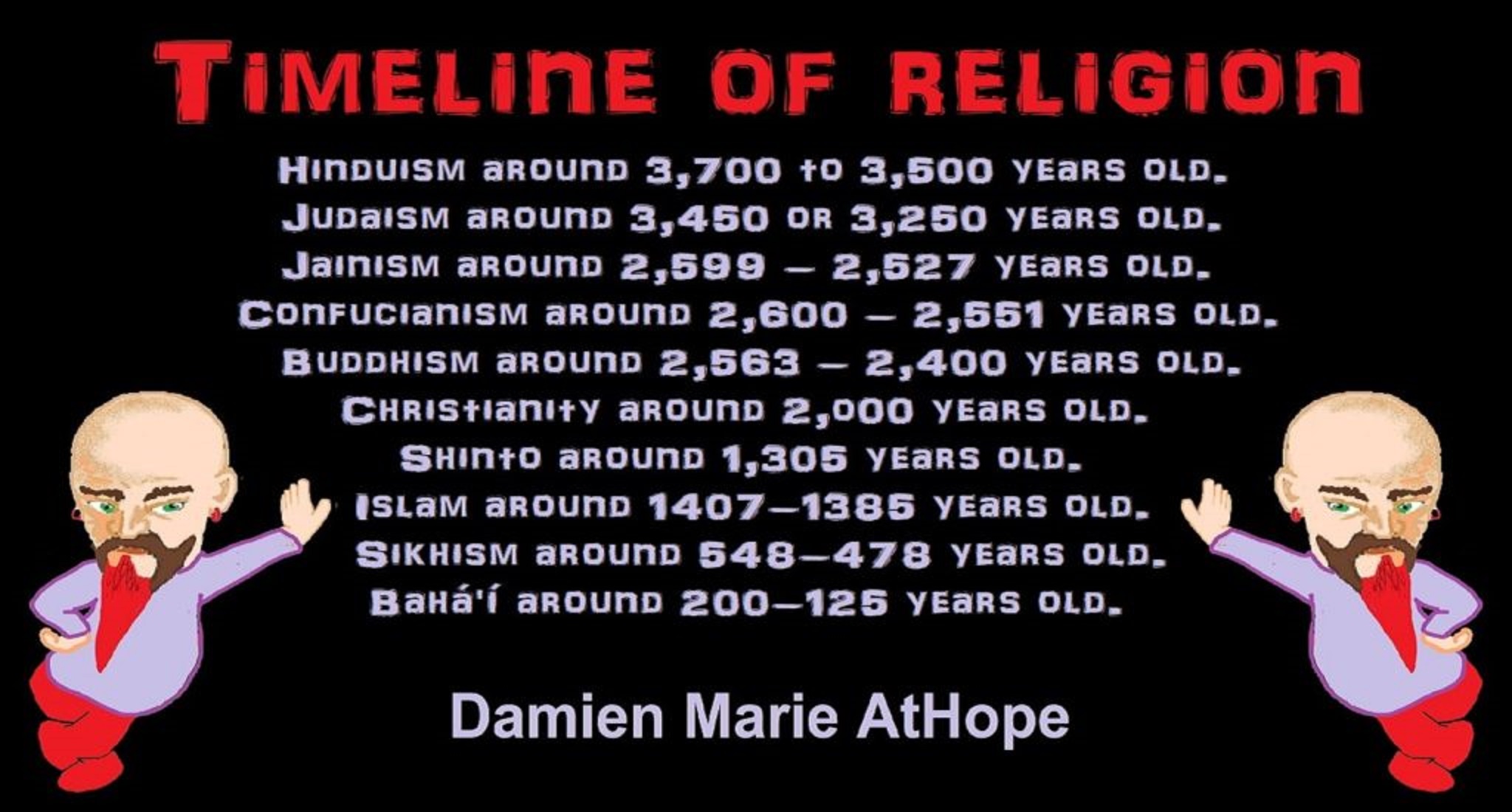
Hinduism around 3,700 to 3,500 years old. ref
Judaism around 3,450 or 3,250 years old. (The first writing in the bible was “Paleo-Hebrew” dated to around 3,000 years ago Khirbet Qeiyafa is the site of an ancient fortress city overlooking the Elah Valley. And many believe the religious Jewish texts were completed around 2,500) ref, ref
Judaism is around 3,450 or 3,250 years old. (“Paleo-Hebrew” 3,000 years ago and Torah 2,500 years ago)
“Judaism is an Abrahamic, its roots as an organized religion in the Middle East during the Bronze Age. Some scholars argue that modern Judaism evolved from Yahwism, the religion of ancient Israel and Judah, by the late 6th century BCE, and is thus considered to be one of the oldest monotheistic religions.” ref
“Yahwism is the name given by modern scholars to the religion of ancient Israel, essentially polytheistic, with a plethora of gods and goddesses. Heading the pantheon was Yahweh, the national god of the Israelite kingdoms of Israel and Judah, with his consort, the goddess Asherah; below them were second-tier gods and goddesses such as Baal, Shamash, Yarikh, Mot, and Astarte, all of whom had their own priests and prophets and numbered royalty among their devotees, and a third and fourth tier of minor divine beings, including the mal’ak, the messengers of the higher gods, who in later times became the angels of Judaism, Christianity and Islam. Yahweh, however, was not the ‘original’ god of Israel “Isra-El”; it is El, the head of the Canaanite pantheon, whose name forms the basis of the name “Israel”, and none of the Old Testament patriarchs, the tribes of Israel, the Judges, or the earliest monarchs, have a Yahwistic theophoric name (i.e., one incorporating the name of Yahweh).” ref
“El is a Northwest Semitic word meaning “god” or “deity“, or referring (as a proper name) to any one of multiple major ancient Near Eastern deities. A rarer form, ‘ila, represents the predicate form in Old Akkadian and in Amorite. The word is derived from the Proto-Semitic *ʔil-, meaning “god”. Specific deities known as ‘El or ‘Il include the supreme god of the ancient Canaanite religion and the supreme god of East Semitic speakers in Mesopotamia’s Early Dynastic Period. ʼĒl is listed at the head of many pantheons. In some Canaanite and Ugaritic sources, ʼĒl played a role as father of the gods, of creation, or both. For example, in the Ugaritic texts, ʾil mlk is understood to mean “ʼĒl the King” but ʾil hd as “the god Hadad“. The Semitic root ʾlh (Arabic ʾilāh, Aramaic ʾAlāh, ʾElāh, Hebrew ʾelōah) may be ʾl with a parasitic h, and ʾl may be an abbreviated form of ʾlh. In Ugaritic the plural form meaning “gods” is ʾilhm, equivalent to Hebrew ʾelōhîm “powers”. In the Hebrew texts this word is interpreted as being semantically singular for “god” by biblical commentators. However the documentary hypothesis for the Old Testament (corresponds to the Jewish Torah) developed originally in the 1870s, identifies these that different authors – the Jahwist, Elohist, Deuteronomist, and the Priestly source – were responsible for editing stories from a polytheistic religion into those of a monotheistic religion. Inconsistencies that arise between monotheism and polytheism in the texts are reflective of this hypothesis.” ref
Jainism around 2,599 – 2,527 years old. ref
Confucianism around 2,600 – 2,551 years old. ref
Buddhism around 2,563/2,480 – 2,483/2,400 years old. ref
Christianity around 2,o00 years old. ref
Shinto around 1,305 years old. ref
Islam around 1407–1385 years old. ref

Knowledge to Ponder:
Stars/Astrology:
- Possibly, around 30,000 years ago (in simpler form) to 6,000 years ago, Stars/Astrology are connected to Ancestors, Spirit Animals, and Deities.
- The star also seems to be a possible proto-star for Star of Ishtar, Star of Inanna, or Star of Venus.
- Around 7,000 to 6,000 years ago, Star Constellations/Astrology have connections to the “Kurgan phenomenon” of below-ground “mound” stone/wood burial structures and “Dolmen phenomenon” of above-ground stone burial structures.
- Around 6,500–5,800 years ago, The Northern Levant migrations into Jordon and Israel in the Southern Levant brought new cultural and religious transfer from Turkey and Iran.
- “The Ghassulian Star,” a mysterious 6,000-year-old mural from Jordan may have connections to the European paganstic kurgan/dolmens phenomenon.
“Astrology is a range of divinatory practices, recognized as pseudoscientific since the 18th century, that claim to discern information about human affairs and terrestrial events by studying the apparent positions of celestial objects. Different cultures have employed forms of astrology since at least the 2nd millennium BCE, these practices having originated in calendrical systems used to predict seasonal shifts and to interpret celestial cycles as signs of divine communications. Most, if not all, cultures have attached importance to what they observed in the sky, and some—such as the Hindus, Chinese, and the Maya—developed elaborate systems for predicting terrestrial events from celestial observations. Western astrology, one of the oldest astrological systems still in use, can trace its roots to 19th–17th century BCE Mesopotamia, from where it spread to Ancient Greece, Rome, the Islamicate world and eventually Central and Western Europe. Contemporary Western astrology is often associated with systems of horoscopes that purport to explain aspects of a person’s personality and predict significant events in their lives based on the positions of celestial objects; the majority of professional astrologers rely on such systems.” ref
Around 5,500 years ago, Science evolves, The first evidence of science was 5,500 years ago and was demonstrated by a body of empirical, theoretical, and practical knowledge about the natural world. ref
Around 5,000 years ago, Origin of Logics is a Naturalistic Observation (principles of valid reasoning, inference, & demonstration) ref
Around 4,150 to 4,000 years ago: The earliest surviving versions of the Sumerian Epic of Gilgamesh, which was originally titled “He who Saw the Deep” (Sha naqba īmuru) or “Surpassing All Other Kings” (Shūtur eli sharrī) were written. ref
Hinduism:
- 3,700 years ago or so, the oldest of the Hindu Vedas (scriptures), the Rig Veda was composed.
- 3,500 years ago or so, the Vedic Age began in India after the collapse of the Indus Valley Civilization.
Judaism:
- around 3,000 years ago, the first writing in the bible was “Paleo-Hebrew”
- around 2,500 years ago, many believe the religious Jewish texts were completed
Myths: The bible inspired religion is not just one religion or one myth but a grouping of several religions and myths
- Around 3,450 or 3,250 years ago, according to legend, is the traditionally accepted period in which the Israelite lawgiver, Moses, provided the Ten Commandments.
- Around 2,500 to 2,400 years ago, a collection of ancient religious writings by the Israelites based primarily upon the Hebrew Bible, Tanakh, or Old Testament is the first part of Christianity’s bible.
- Around 2,400 years ago, the most accepted hypothesis is that the canon was formed in stages, first the Pentateuch (Torah).
- Around 2,140 to 2,116 years ago, the Prophets was written during the Hasmonean dynasty, and finally the remaining books.
- Christians traditionally divide the Old Testament into four sections:
- The first five books or Pentateuch (Torah).
- The proposed history books telling the history of the Israelites from their conquest of Canaan to their defeat and exile in Babylon.
- The poetic and proposed “Wisdom books” dealing, in various forms, with questions of good and evil in the world.
- The books of the biblical prophets, warning of the consequences of turning away from God:
- Henotheism:
- Exodus 20:23 “You shall not make other gods besides Me (not saying there are no other gods just not to worship them); gods of silver or gods of gold, you shall not make for yourselves.”
- Polytheism:
- Judges 10:6 “Then the sons of Israel again did evil in the sight of the LORD, served the Baals and the Ashtaroth, the gods of Aram, the gods of Sidon, the gods of Moab, the gods of the sons of Ammon, and the gods of the Philistines; thus they forsook the LORD and did not serve Him.”
- 1 Corinthians 8:5 “For even if there are so-called gods whether in heaven or on earth, as indeed there are many gods and many lords.”
- Monotheism:
- Isaiah 43:10 “You are my witnesses,” declares the LORD, “and my servant whom I have chosen, so that you may know and believe me and understand that I am he. Before me no god was formed, nor will there be one after me.
Around 2,570 to 2,270 Years Ago, there is a confirmation of atheistic doubting as well as atheistic thinking, mainly by Greek philosophers. However, doubting gods is likely as old as the invention of gods and should destroy the thinking that belief in god(s) is the “default belief”. The Greek word is apistos (a “not” and pistos “faithful,”), thus not faithful or faithless because one is unpersuaded and unconvinced by a god(s) claim. Short Definition: unbelieving, unbeliever, or unbelief.

Expressions of Atheistic Thinking:
- Around 2,600 years ago, Ajita Kesakambali, ancient Indian philosopher, who is the first known proponent of Indian materialism. ref
- Around 2,535 to 2,475 years ago, Heraclitus, Greek pre-Socratic philosopher, a native of the Greek city Ephesus, Ionia, on the coast of Anatolia, also known as Asia Minor or modern Turkey. ref
- Around 2,500 to 2,400 years ago, according to The Story of Civilization book series certain African pygmy tribes have no identifiable gods, spirits, or religious beliefs or rituals, and even what burials accrue are without ceremony. ref
- Around 2,490 to 2,430 years ago, Empedocles, Greek pre-Socratic philosopher and a citizen of Agrigentum, a Greek city in Sicily. ref
- Around 2,460 to 2,370 years ago, Democritus, Greek pre-Socratic philosopher considered to be the “father of modern science” possibly had some disbelief amounting to atheism. ref
- Around 2,399 years ago or so, Socrates, a famous Greek philosopher was tried for sinfulness by teaching doubt of state gods. ref
- Around 2,341 to 2,270 years ago, Epicurus, a Greek philosopher known for composing atheistic critics and famously stated, “Is God willing to prevent evil, but not able? Then he is not omnipotent. Is he able, but not willing? Then he is malevolent. Is he both able and willing? Then whence cometh evil? Is he neither able nor willing? Then why call him god?” ref
This last expression by Epicurus, seems to be an expression of Axiological Atheism. To understand and utilize value or actually possess “Value Conscious/Consciousness” to both give a strong moral “axiological” argument (the problem of evil) as well as use it to fortify humanism and positive ethical persuasion of human helping and care responsibilities. Because value-blindness gives rise to sociopathic/psychopathic evil.

While hallucinogens are associated with shamanism, it is alcohol that is associated with paganism.
The Atheist-Humanist-Leftist Revolutionaries Shows in the prehistory series:
Show two: Pre-animism 300,000 years old and animism 100,000 years old: related to “Anarchism and Socialism”
Show tree: Totemism 50,000 years old: related to “Anarchism and Socialism”
Show four: Shamanism 30,000 years old: related to “Anarchism and Socialism”
Show five: Paganism 12,000 years old: related to “Anarchism and Socialism”
Show six: Emergence of hierarchy, sexism, slavery, and the new male god dominance: Paganism 7,000-5,000 years old: related to “Anarchism and Socialism” (Capitalism) (World War 0) Elite and their slaves!
Prehistory: related to “Anarchism and Socialism” the division of labor, power, rights, and recourses: VIDEO
Pre-animism 300,000 years old and animism 100,000 years old: related to “Anarchism and Socialism”: VIDEO
Totemism 50,000 years old: related to “Anarchism and Socialism”: VIDEO
Shamanism 30,000 years old: related to “Anarchism and Socialism”: VIDEO
Paganism 12,000 years old: related to “Anarchism and Socialism” (Pre-Capitalism): VIDEO
Paganism 7,000-5,000 years old: related to “Anarchism and Socialism” (Capitalism) (World War 0) Elite and their slaves: VIEDO
Paganism 5,000 years old: progressed organized religion and the state: related to “Anarchism and Socialism” (Kings and the Rise of the State): VIEDO
Paganism 4,000 years old: related to “Anarchism and Socialism” (First Moralistic gods, then the Origin time of Monotheism): VIEDO
I do not hate simply because I challenge and expose myths or lies any more than others being thought of as loving simply because of the protection and hiding from challenge their favored myths or lies.
The truth is best championed in the sunlight of challenge.
An archaeologist once said to me “Damien religion and culture are very different”
My response, So are you saying that was always that way, such as would you say Native Americans’ cultures are separate from their religions? And do you think it always was the way you believe?
I had said that religion was a cultural product. That is still how I see it and there are other archaeologists that think close to me as well. Gods too are the myths of cultures that did not understand science or the world around them, seeing magic/supernatural everywhere.
I personally think there is a goddess and not enough evidence to support a male god at Çatalhöyük but if there was both a male and female god and goddess then I know the kind of gods they were like Proto-Indo-European mythology.
This series idea was addressed in, Anarchist Teaching as Free Public Education or Free Education in the Public: VIDEO
Our 12 video series: Organized Oppression: Mesopotamian State Force and the Politics of power (9,000-4,000 years ago), is adapted from: The Complete and Concise History of the Sumerians and Early Bronze Age Mesopotamia (7000-2000 BC): https://www.youtube.com/watch?v=szFjxmY7jQA by “History with Cy“
Show #1: Mesopotamian State Force and the Politics of Power (Samarra, Halaf, Ubaid)
Show #2: Mesopotamian State Force and the Politics of Power
Show #3: Mesopotamian State Force and the Politics of Power (Uruk and the First Cities)
Show #4: Mesopotamian State Force and the Politics of Power (First Kings)
Show #5: Mesopotamian State Force and the Politics of Power (Early Dynastic Period)
Show #6: Mesopotamian State Force and the Politics of Power
Show #7: Mesopotamian State Force and the Politics of Power (Sargon and Akkadian Rule)
Show #9: Mesopotamian State Force and the Politics of Power (Gudea of Lagash and Utu-hegal)
Show #12: Mesopotamian State Force and the Politics of Power (Aftermath and Legacy of Sumer)

The “Atheist-Humanist-Leftist Revolutionaries”
Cory Johnston ☭ Ⓐ Atheist Leftist @Skepticallefty & I (Damien Marie AtHope) @AthopeMarie (my YouTube & related blog) are working jointly in atheist, antitheist, antireligionist, antifascist, anarchist, socialist, and humanist endeavors in our videos together, generally, every other Saturday.
Why Does Power Bring Responsibility?
Think, how often is it the powerless that start wars, oppress others, or commit genocide? So, I guess the question is to us all, to ask, how can power not carry responsibility in a humanity concept? I know I see the deep ethical responsibility that if there is power their must be a humanistic responsibility of ethical and empathic stewardship of that power. Will I be brave enough to be kind? Will I possess enough courage to be compassionate? Will my valor reach its height of empathy? I as everyone, earns our justified respect by our actions, that are good, ethical, just, protecting, and kind. Do I have enough self-respect to put my love for humanity’s flushing, over being brought down by some of its bad actors? May we all be the ones doing good actions in the world, to help human flourishing.
I create the world I want to live in, striving for flourishing. Which is not a place but a positive potential involvement and promotion; a life of humanist goal precision. To master oneself, also means mastering positive prosocial behaviors needed for human flourishing. I may have lost a god myth as an atheist, but I am happy to tell you, my friend, it is exactly because of that, leaving the mental terrorizer, god belief, that I truly regained my connected ethical as well as kind humanity.
Cory and I will talk about prehistory and theism, addressing the relevance to atheism, anarchism, and socialism.
At the same time as the rise of the male god, 7,000 years ago, there was also the very time there was the rise of violence, war, and clans to kingdoms, then empires, then states. It is all connected back to 7,000 years ago, and it moved across the world.
Cory Johnston: https://damienmarieathope.com/2021/04/cory-johnston-mind-of-a-skeptical-leftist/?v=32aec8db952d
The Mind of a Skeptical Leftist (YouTube)
Cory Johnston: Mind of a Skeptical Leftist @Skepticallefty
The Mind of a Skeptical Leftist By Cory Johnston: “Promoting critical thinking, social justice, and left-wing politics by covering current events and talking to a variety of people. Cory Johnston has been thoughtfully talking to people and attempting to promote critical thinking, social justice, and left-wing politics.” http://anchor.fm/skepticalleft
Cory needs our support. We rise by helping each other.
Cory Johnston ☭ Ⓐ @Skepticallefty Evidence-based atheist leftist (he/him) Producer, host, and co-host of 4 podcasts @skeptarchy @skpoliticspod and @AthopeMarie
Damien Marie AtHope (“At Hope”) Axiological Atheist, Anti-theist, Anti-religionist, Secular Humanist. Rationalist, Writer, Artist, Poet, Philosopher, Advocate, Activist, Psychology, and Armchair Archaeology/Anthropology/Historian.
Damien is interested in: Freedom, Liberty, Justice, Equality, Ethics, Humanism, Science, Atheism, Antiteism, Antireligionism, Ignosticism, Left-Libertarianism, Anarchism, Socialism, Mutualism, Axiology, Metaphysics, LGBTQI, Philosophy, Advocacy, Activism, Mental Health, Psychology, Archaeology, Social Work, Sexual Rights, Marriage Rights, Woman’s Rights, Gender Rights, Child Rights, Secular Rights, Race Equality, Ageism/Disability Equality, Etc. And a far-leftist, “Anarcho-Humanist.”
I am not a good fit in the atheist movement that is mostly pro-capitalist, I am anti-capitalist. Mostly pro-skeptic, I am a rationalist not valuing skepticism. Mostly pro-agnostic, I am anti-agnostic. Mostly limited to anti-Abrahamic religions, I am an anti-religionist.
To me, the “male god” seems to have either emerged or become prominent around 7,000 years ago, whereas the now favored monotheism “male god” is more like 4,000 years ago or so. To me, the “female goddess” seems to have either emerged or become prominent around 11,000-10,000 years ago or so, losing the majority of its once prominence around 2,000 years ago due largely to the now favored monotheism “male god” that grow in prominence after 4,000 years ago or so.
My Thought on the Evolution of Gods?
Animal protector deities from old totems/spirit animal beliefs come first to me, 13,000/12,000 years ago, then women as deities 11,000/10,000 years ago, then male gods around 7,000/8,000 years ago. Moralistic gods around 5,000/4,000 years ago, and monotheistic gods around 4,000/3,000 years ago.

Damien Marie AtHope (Said as “At” “Hope”)/(Autodidact Polymath but not good at math):
Axiological Atheist, Anti-theist, Anti-religionist, Secular Humanist, Rationalist, Writer, Artist, Jeweler, Poet, “autodidact” Philosopher, schooled in Psychology, and “autodidact” Armchair Archaeology/Anthropology/Pre-Historian (Knowledgeable in the range of: 1 million to 5,000/4,000 years ago). I am an anarchist socialist politically. Reasons for or Types of Atheism
My Website, My Blog, & Short-writing or Quotes, My YouTube, Twitter: @AthopeMarie, and My Email: damien.marie.athope@gmail.com

